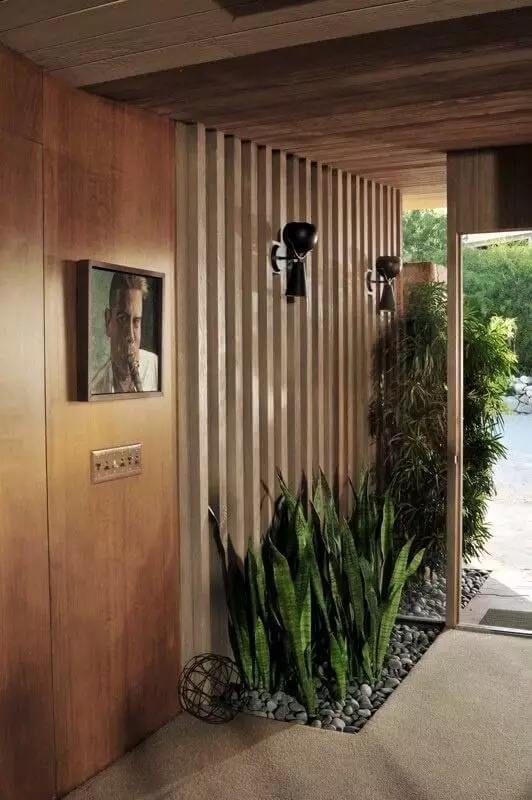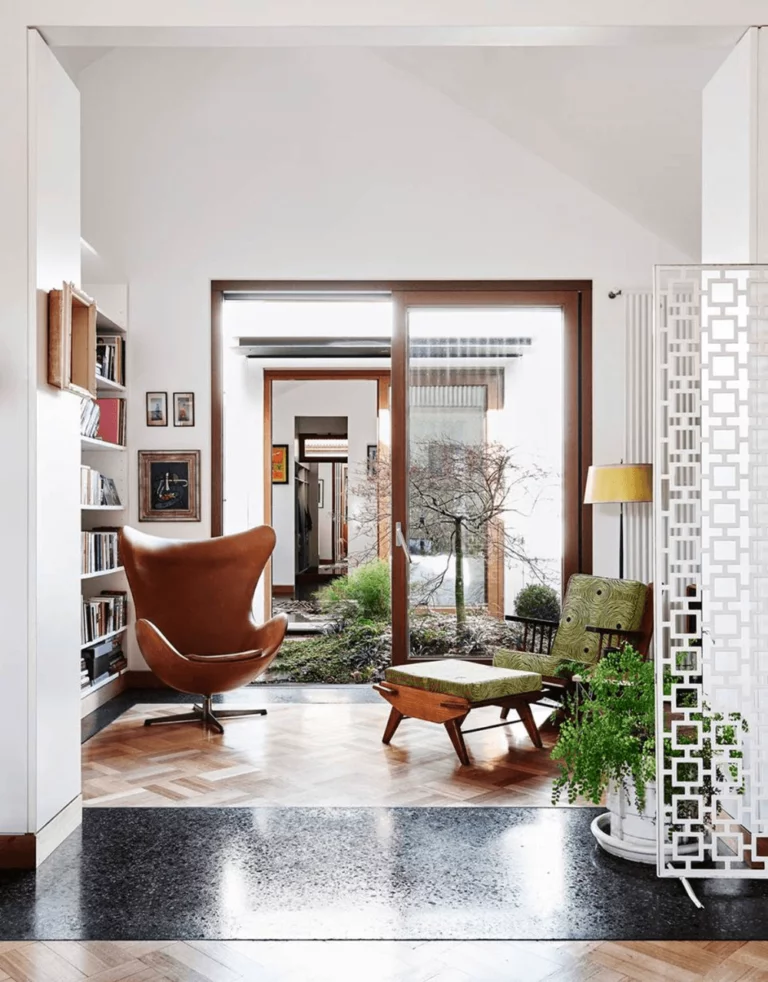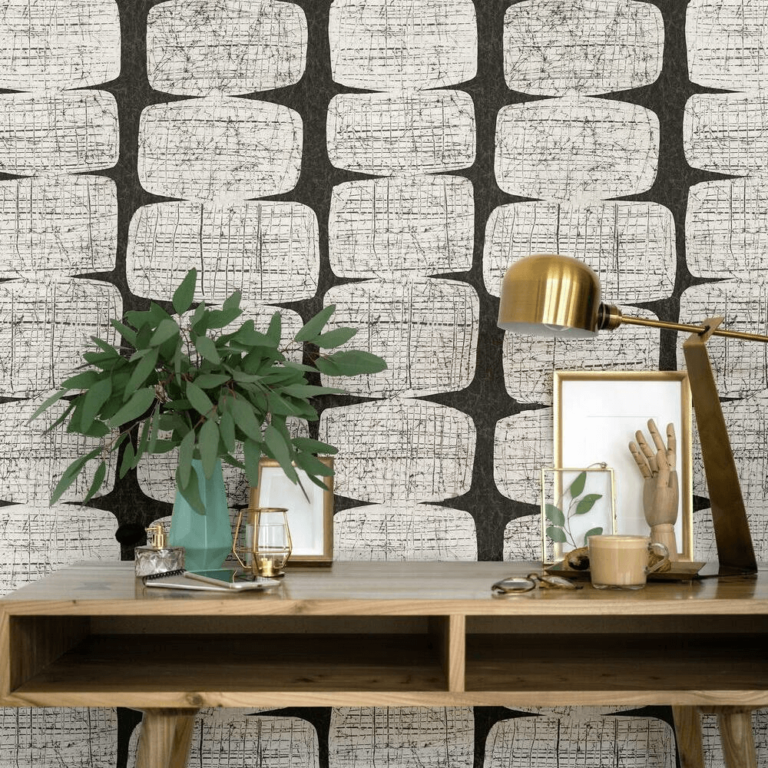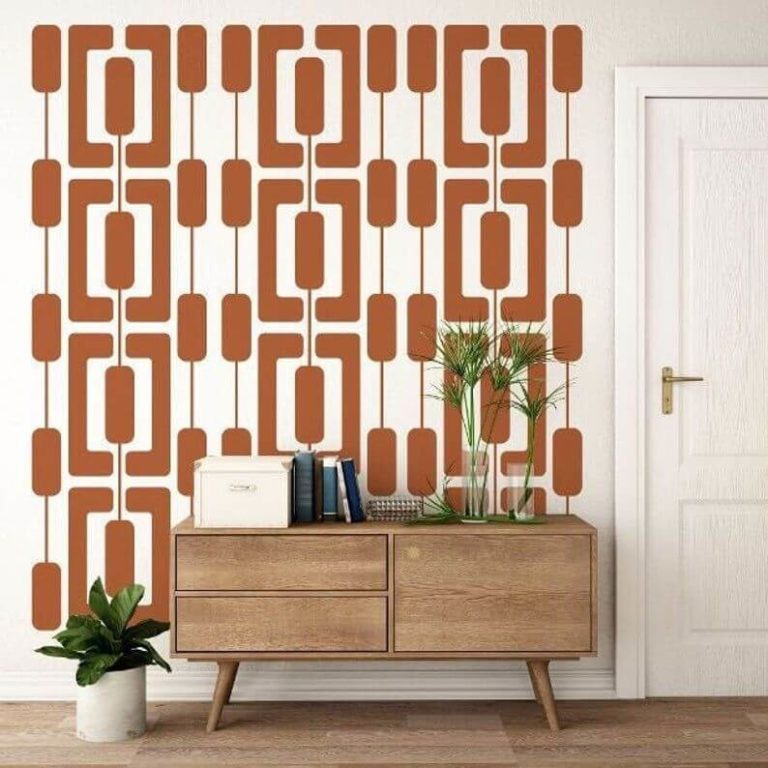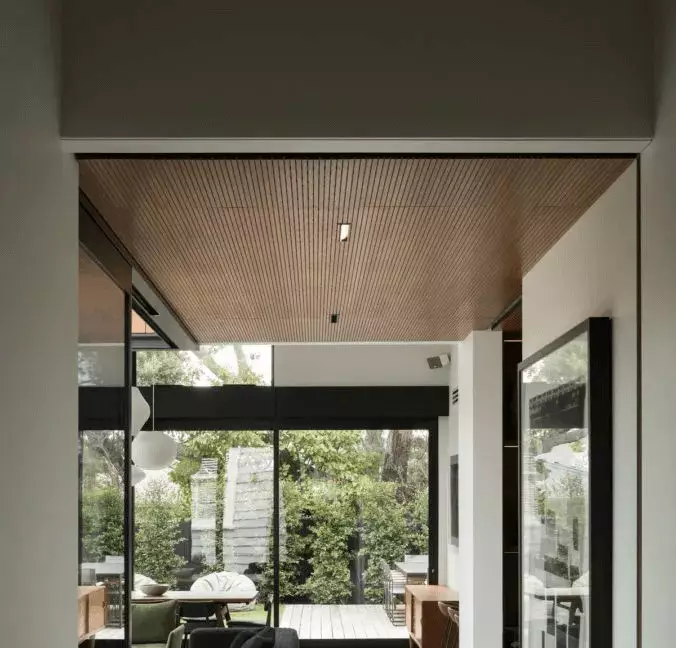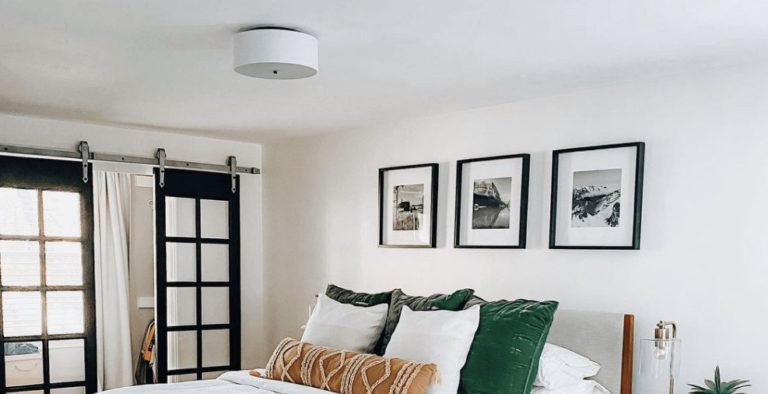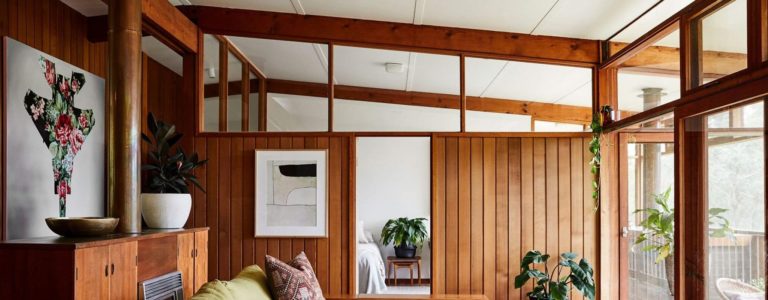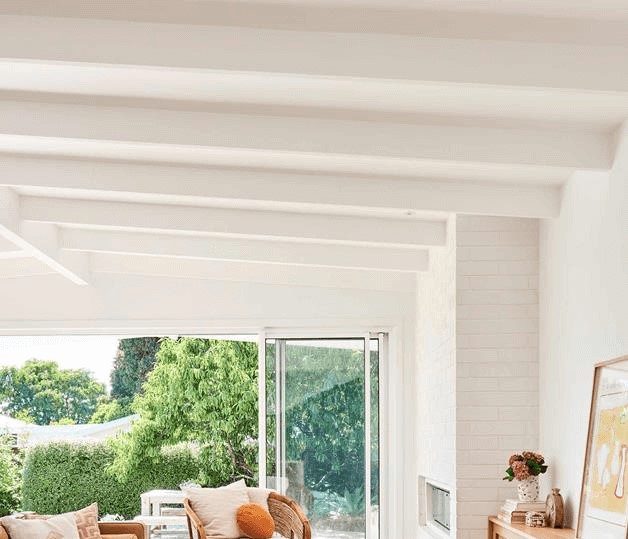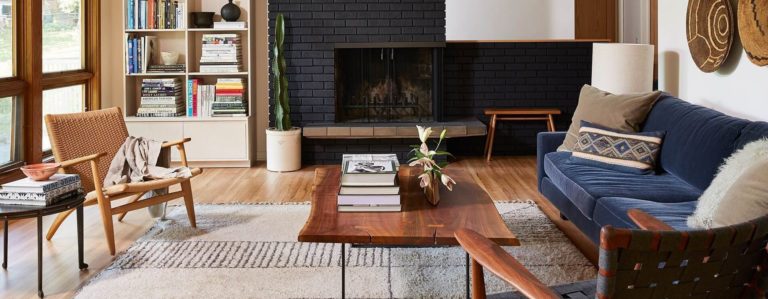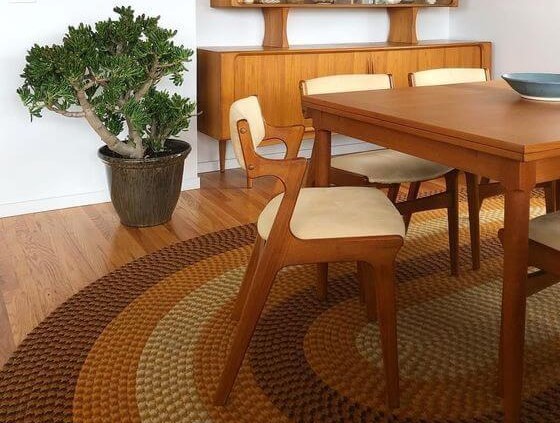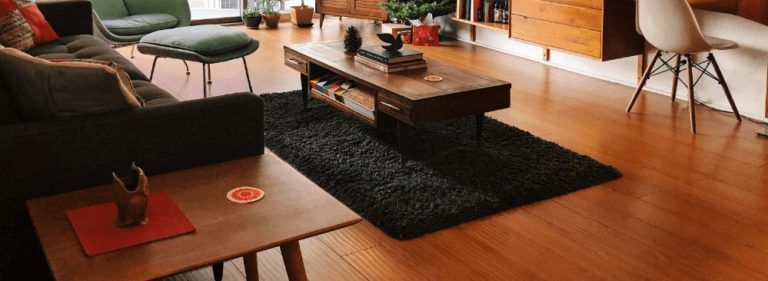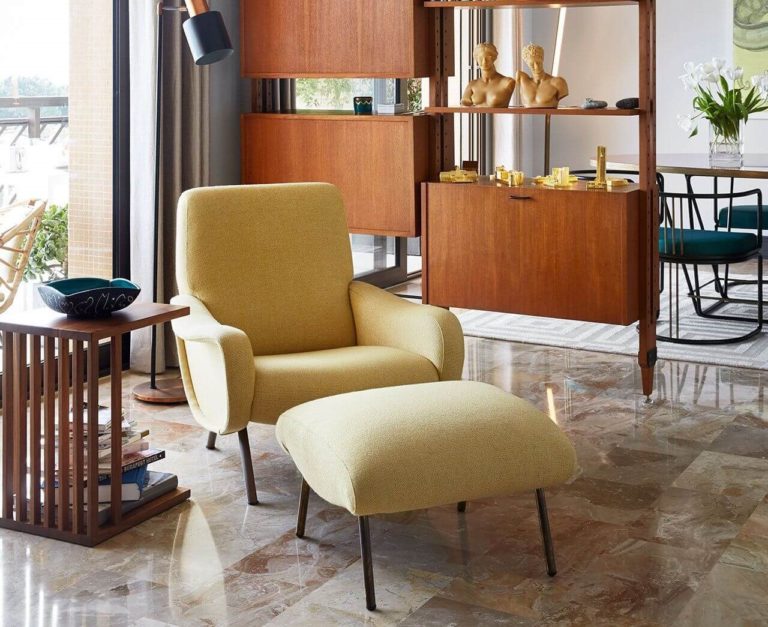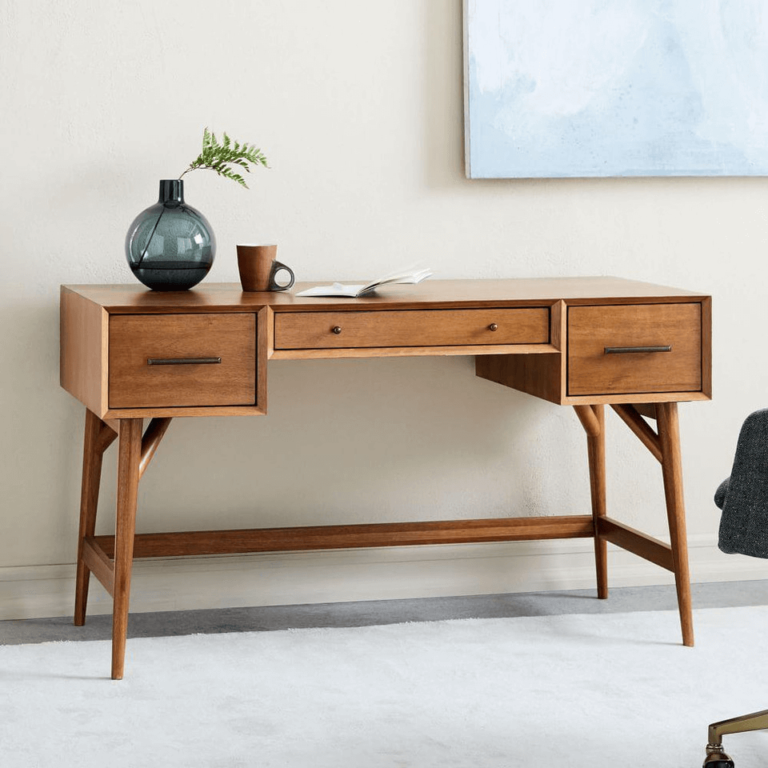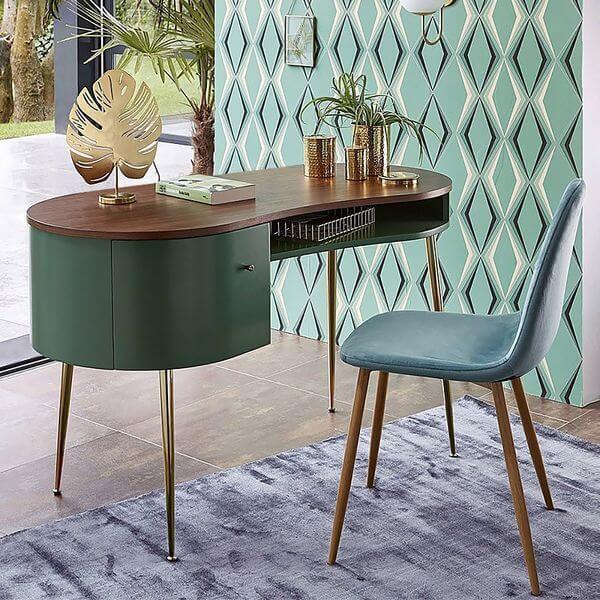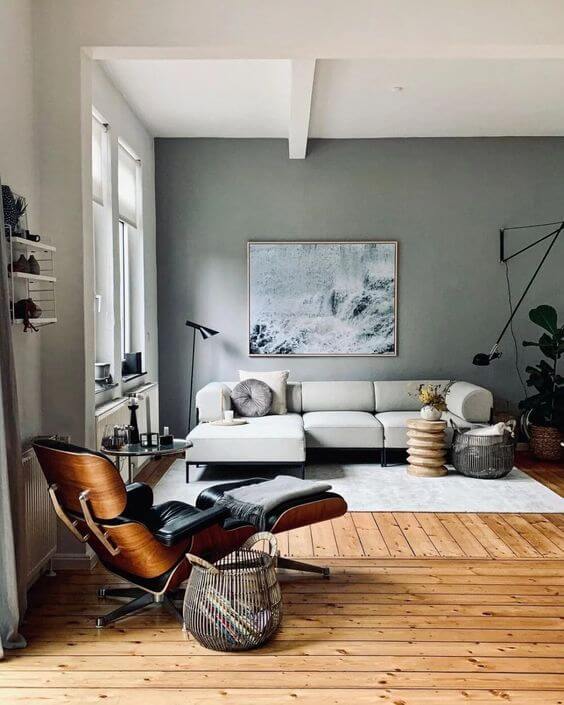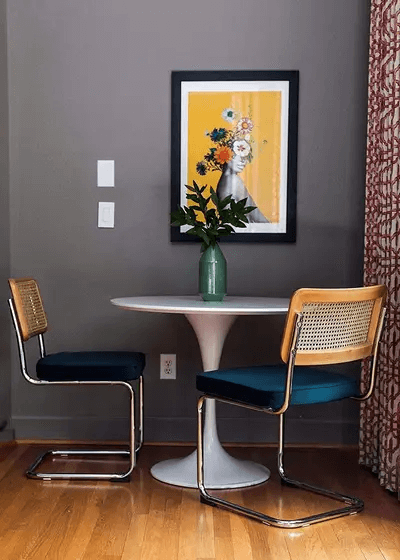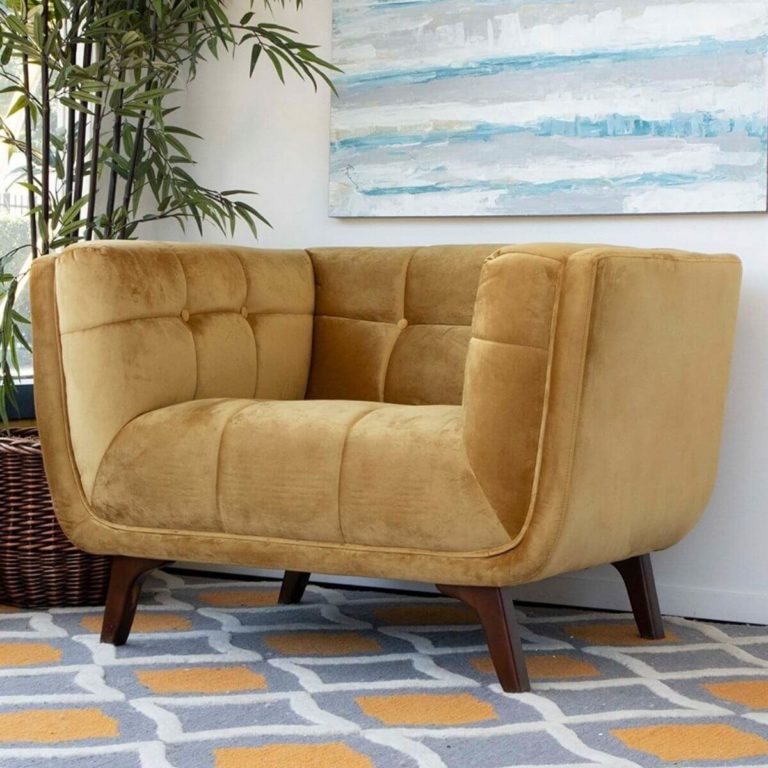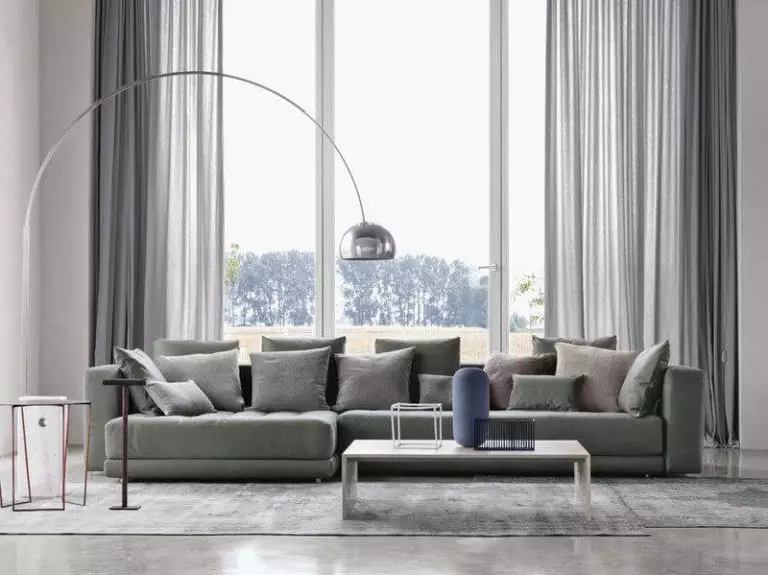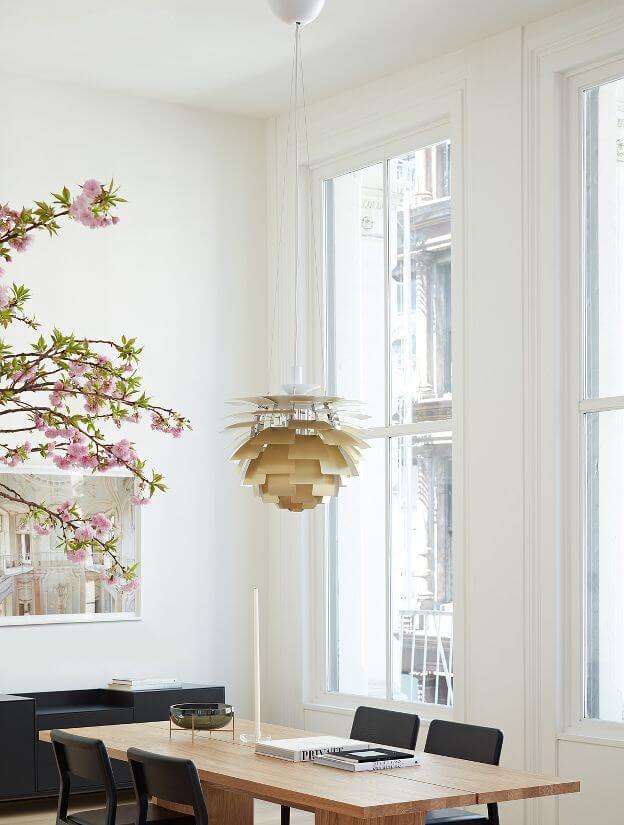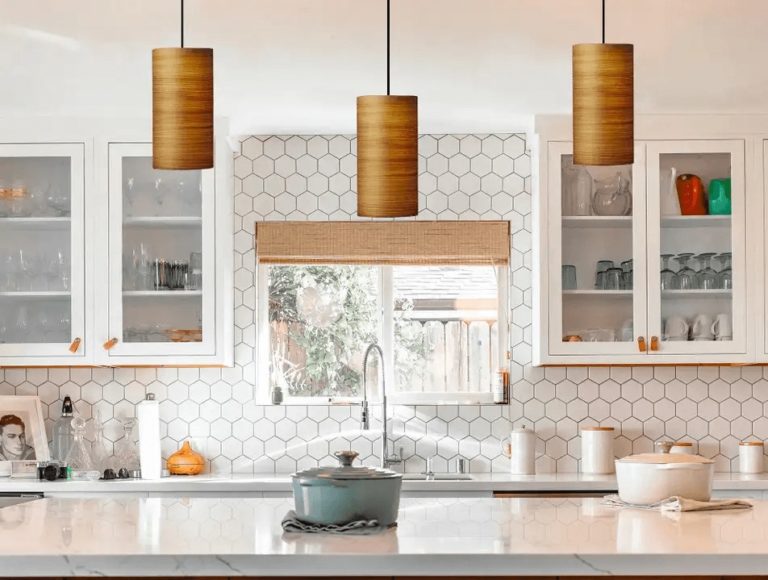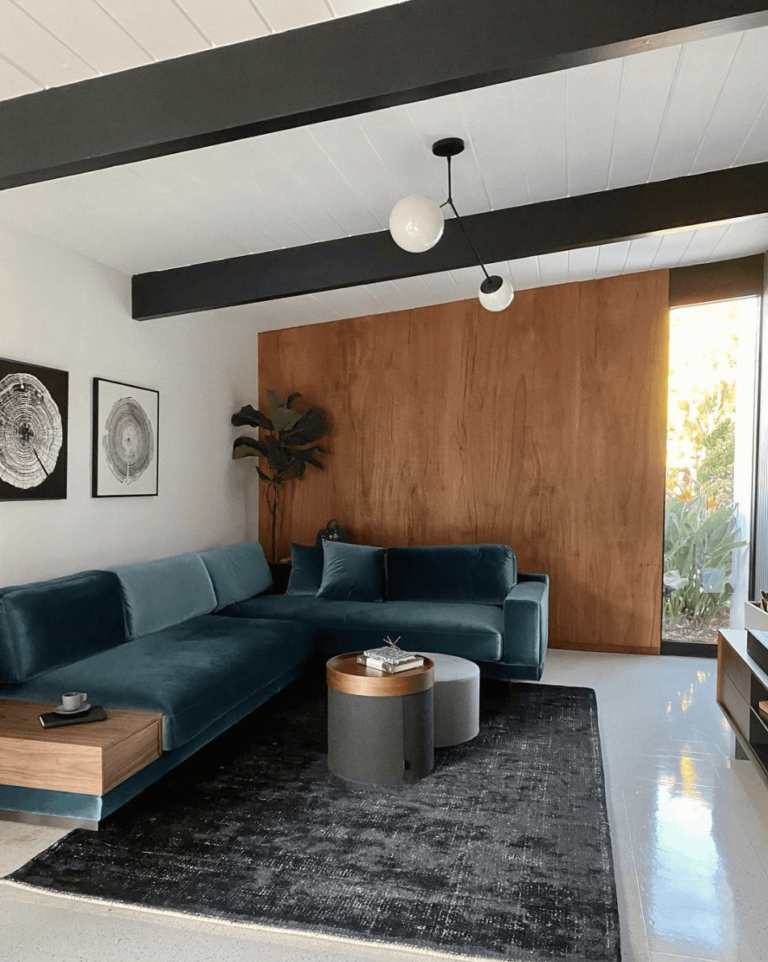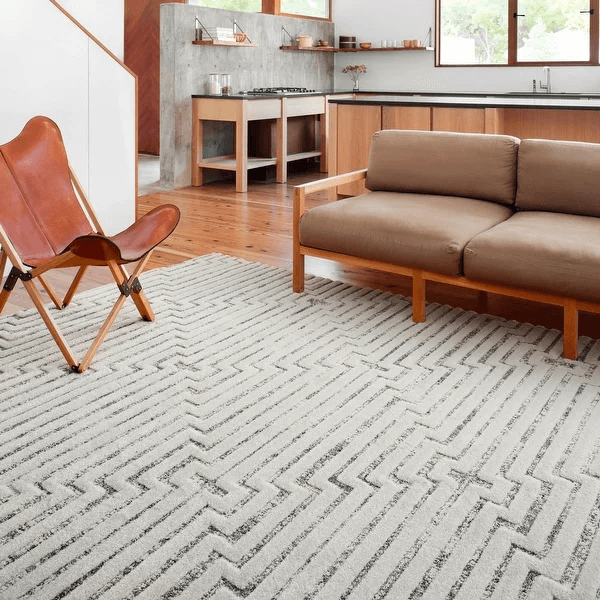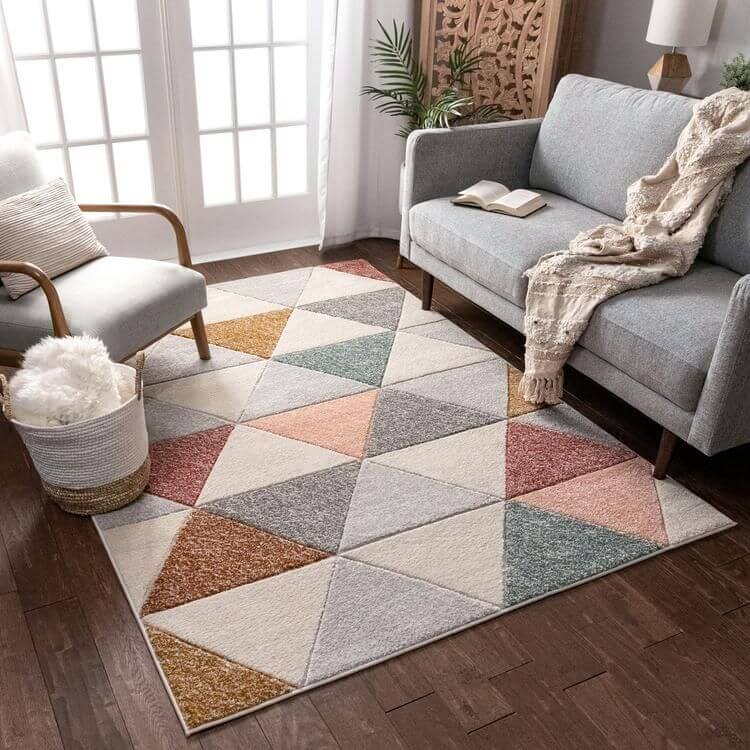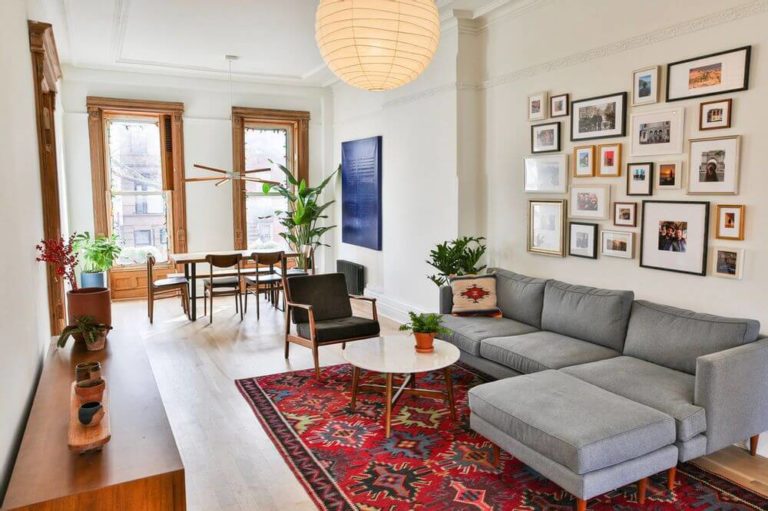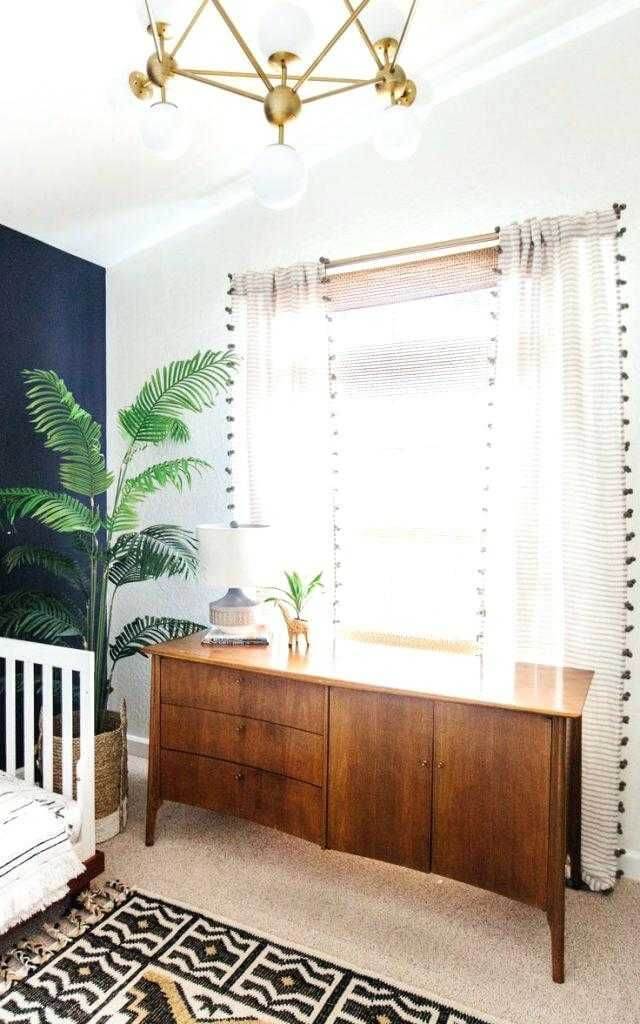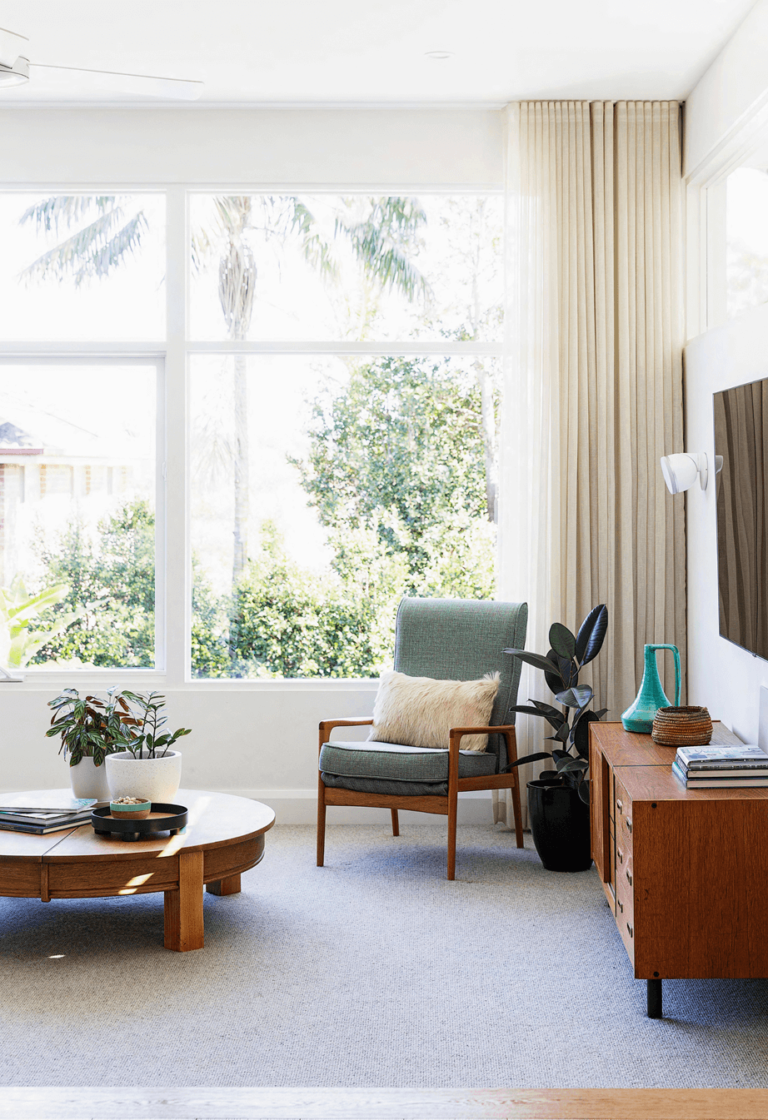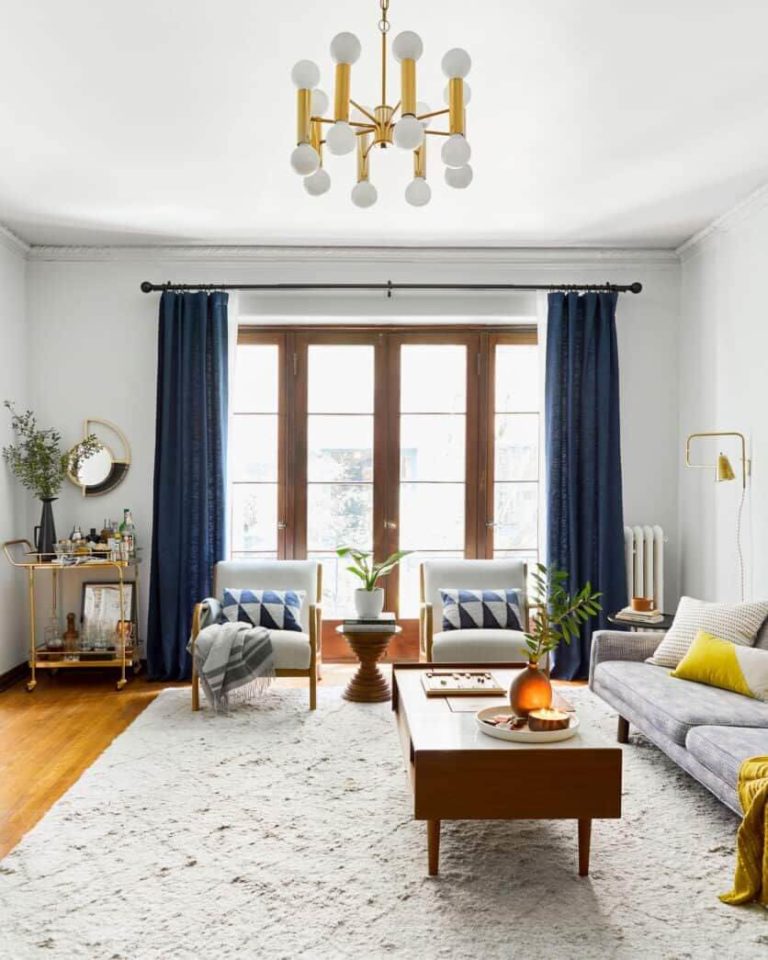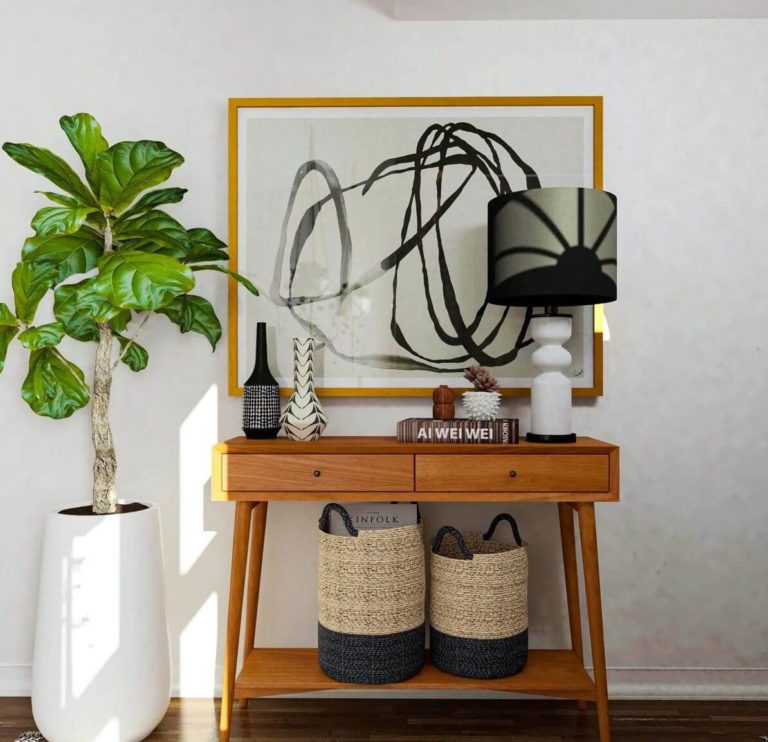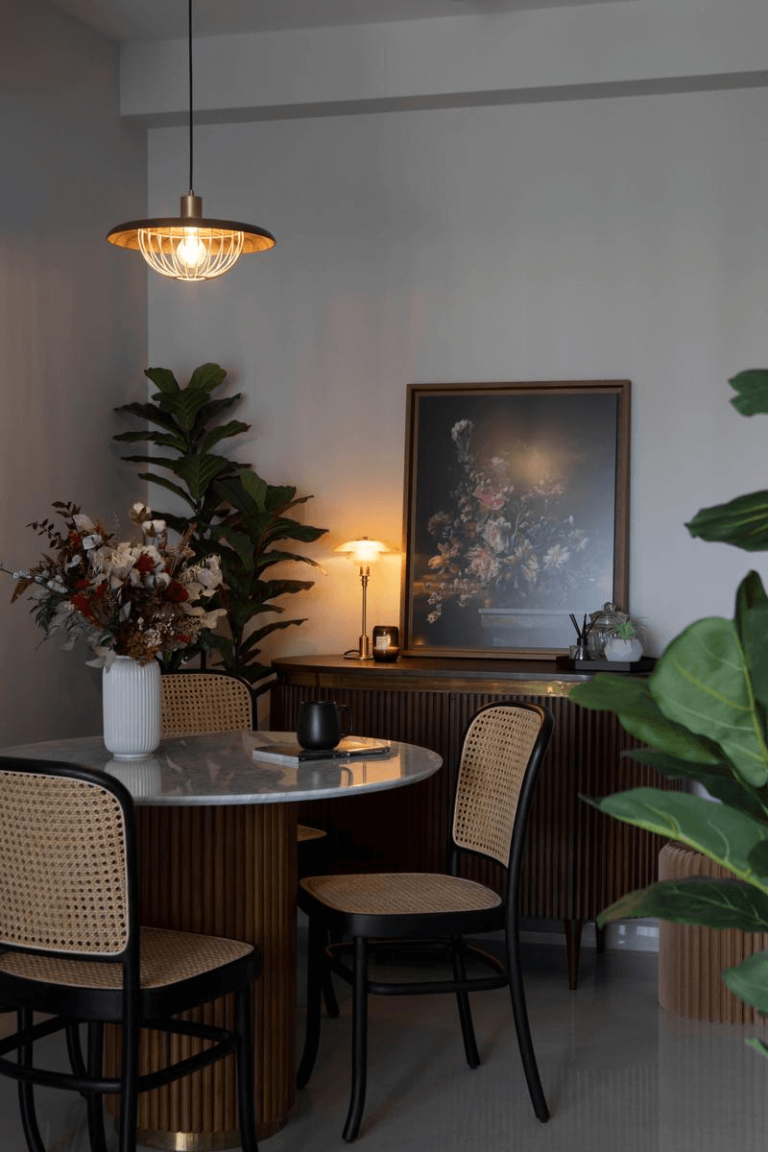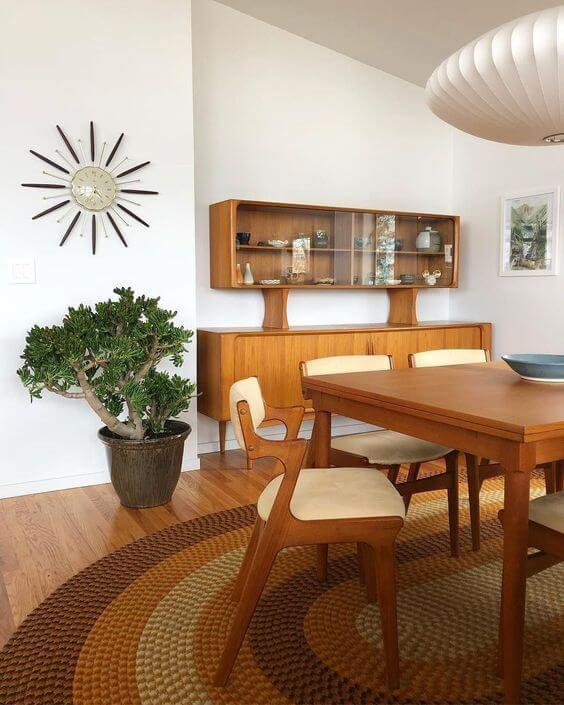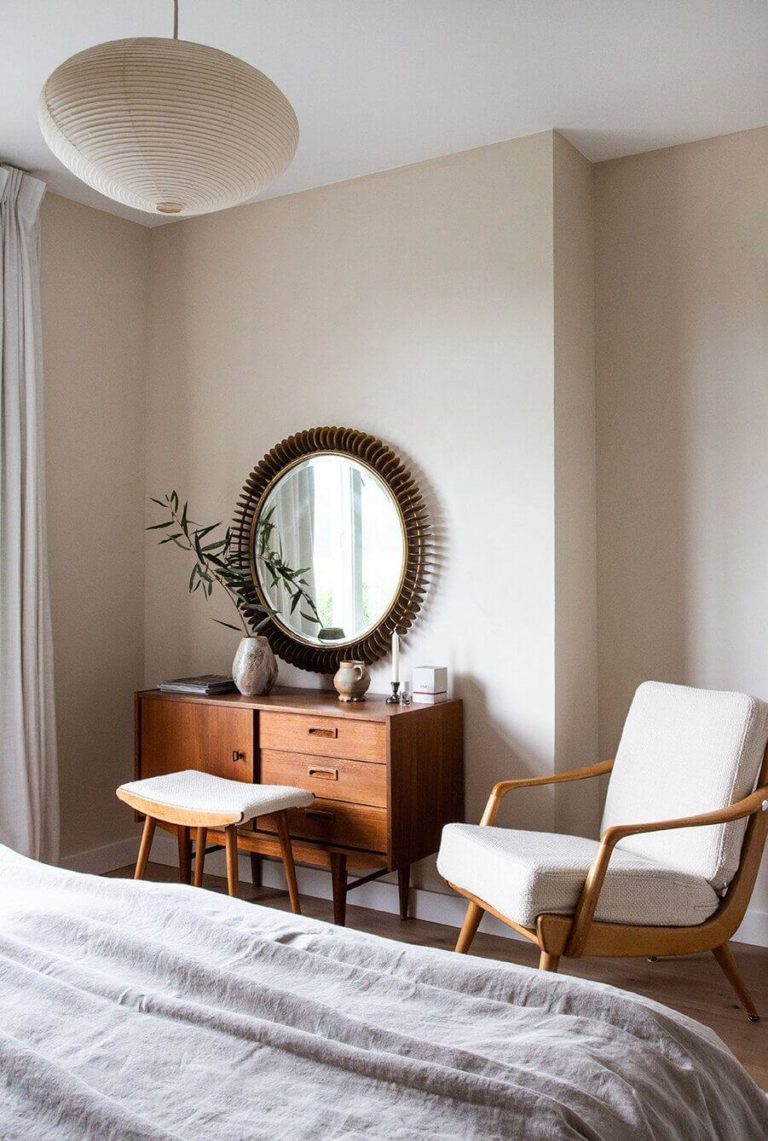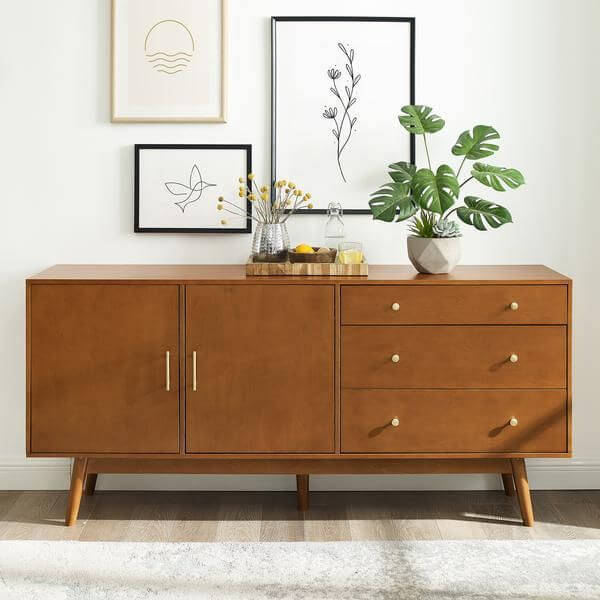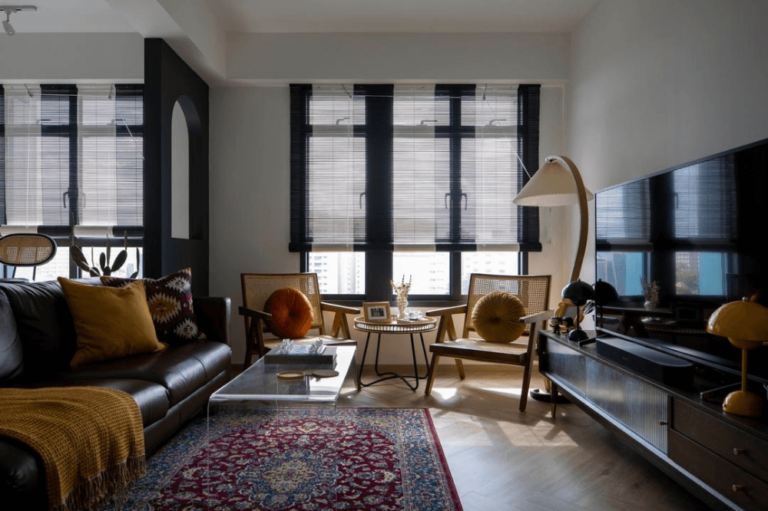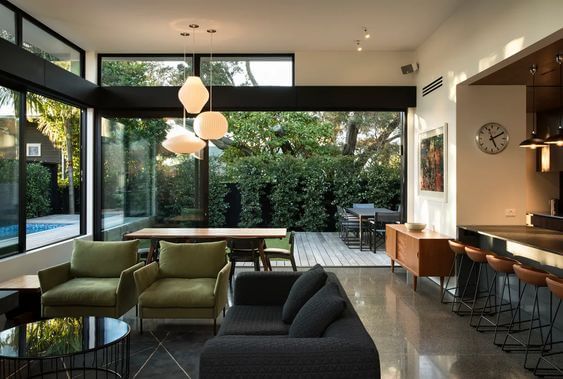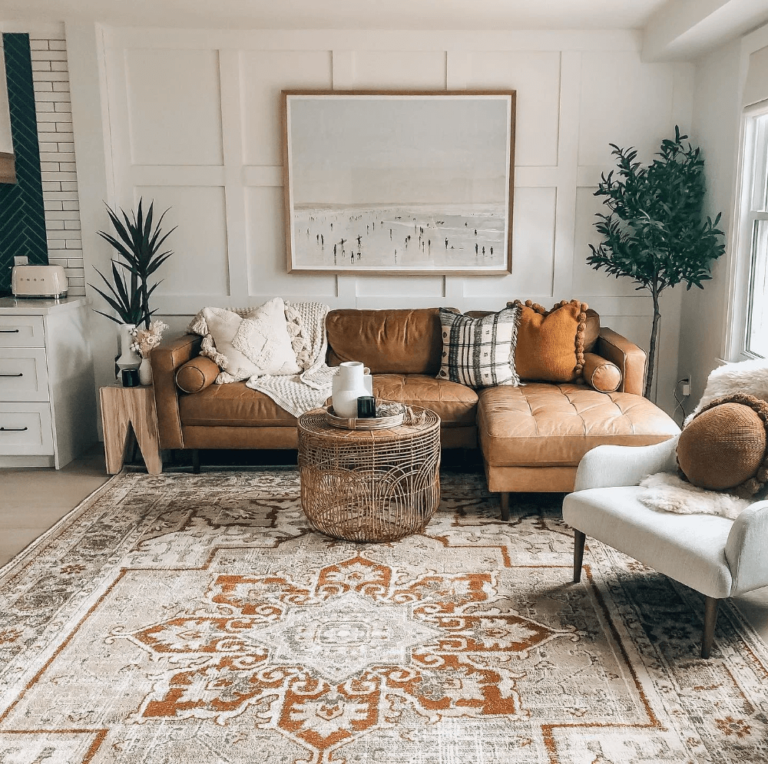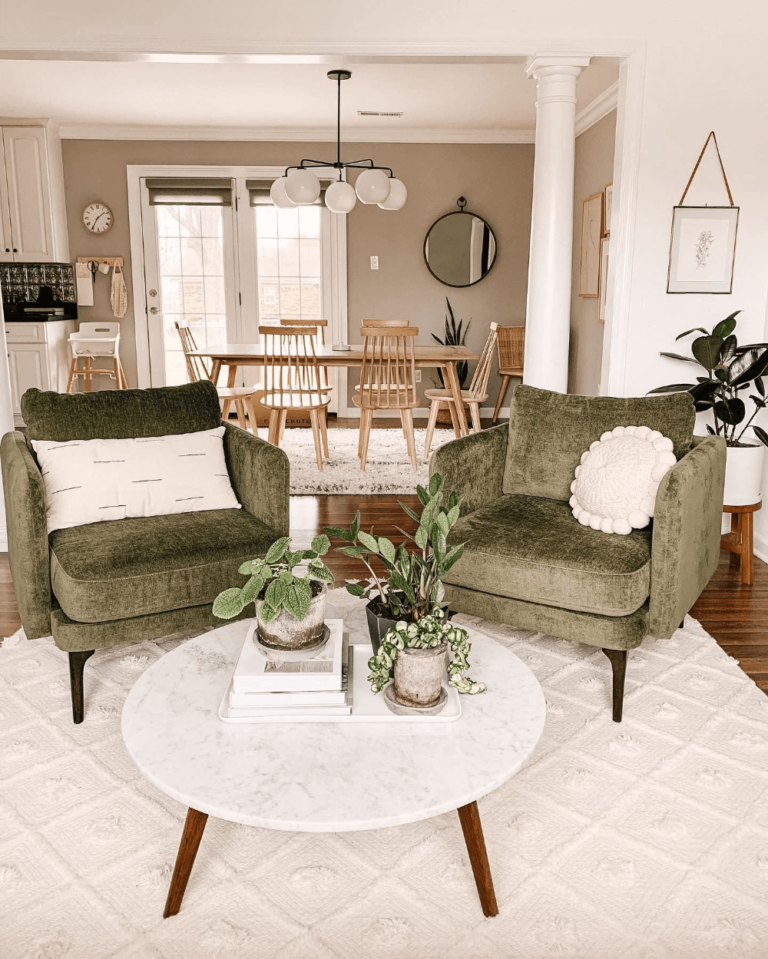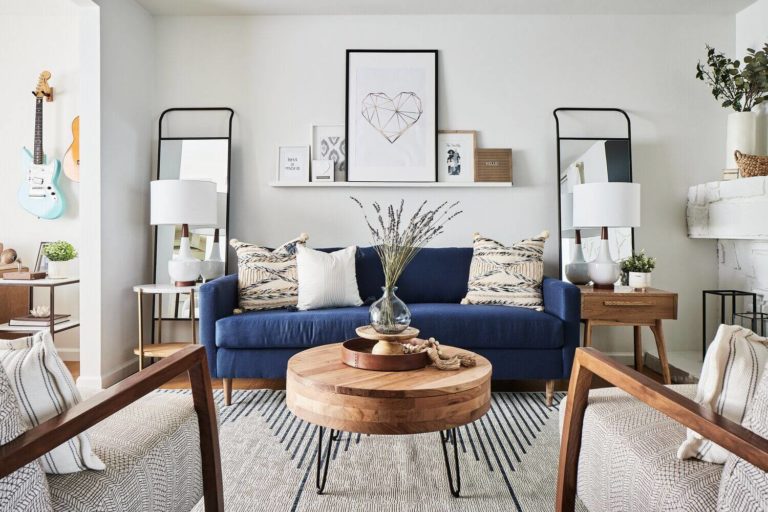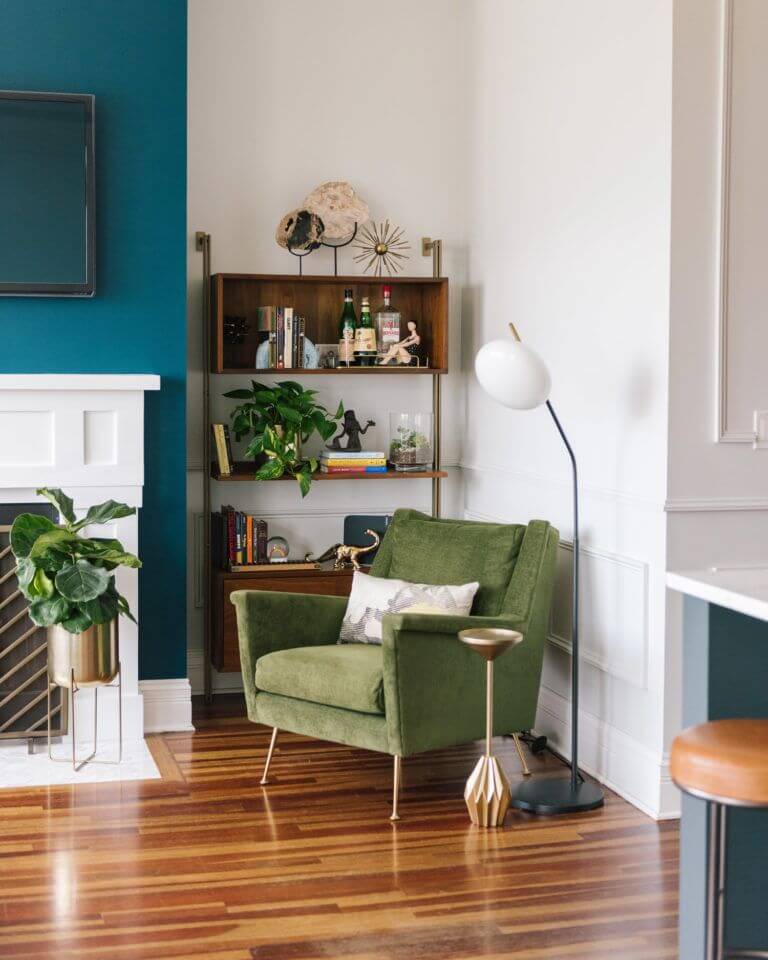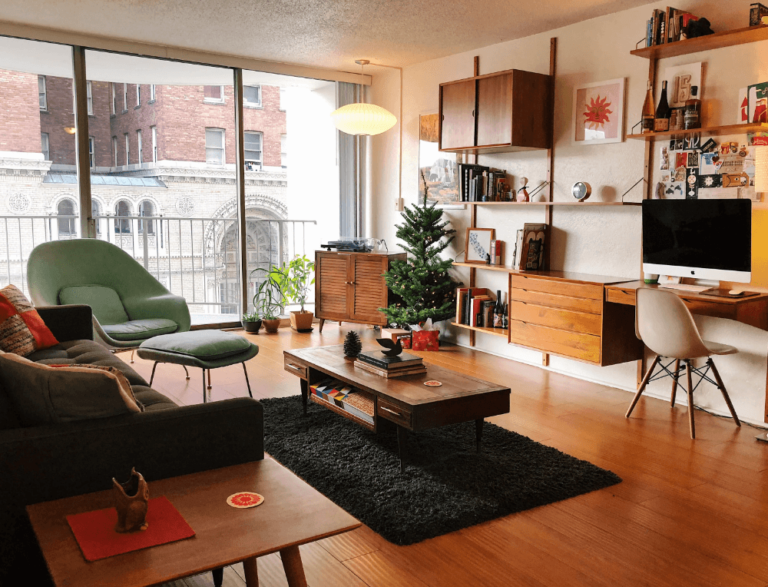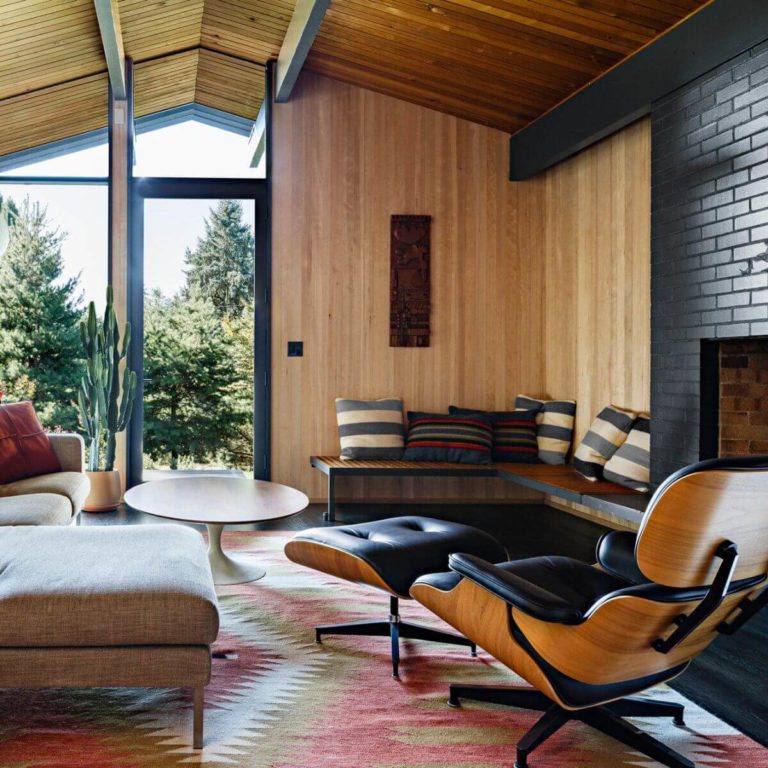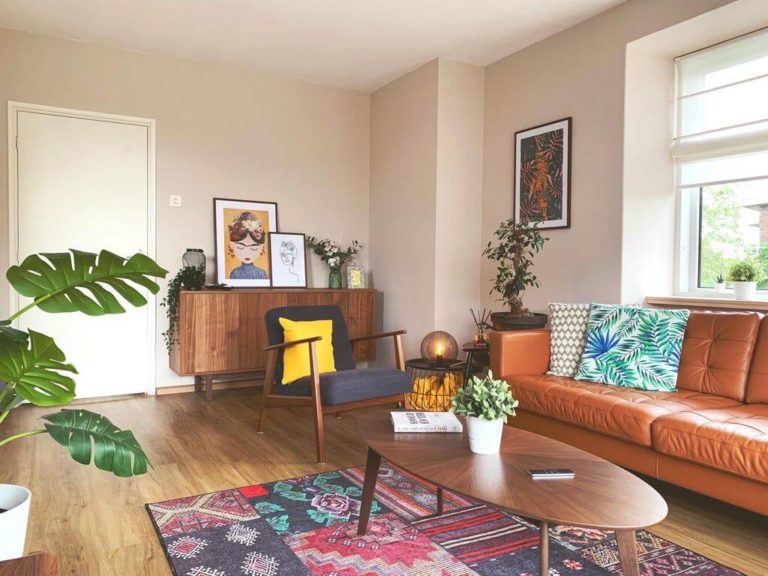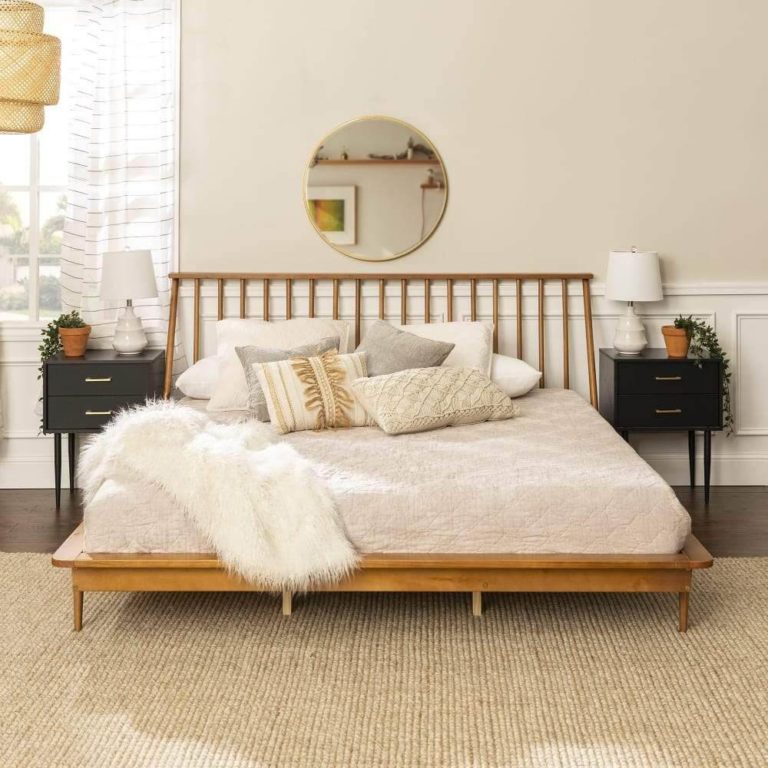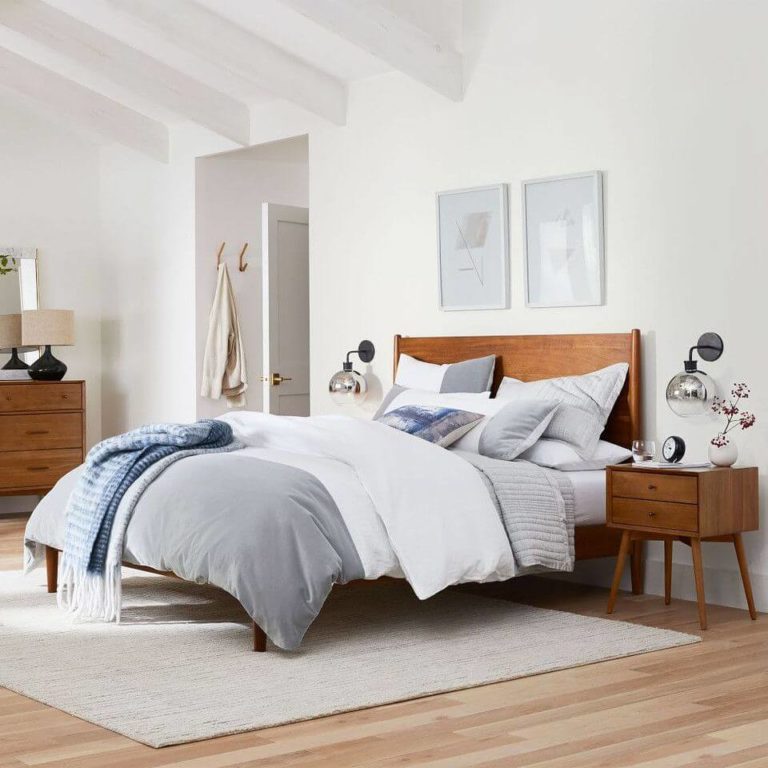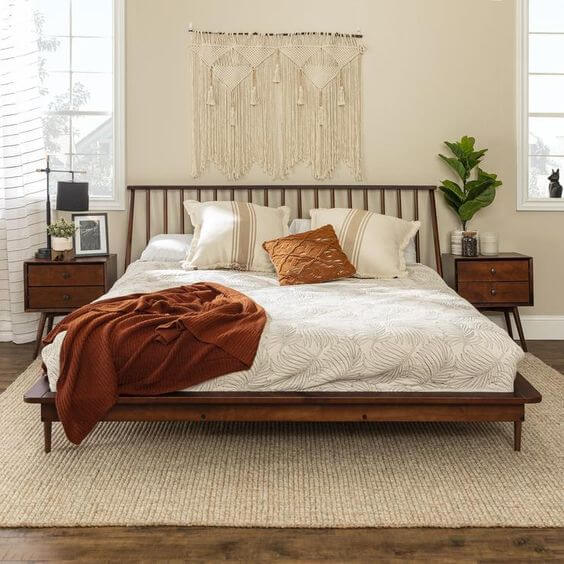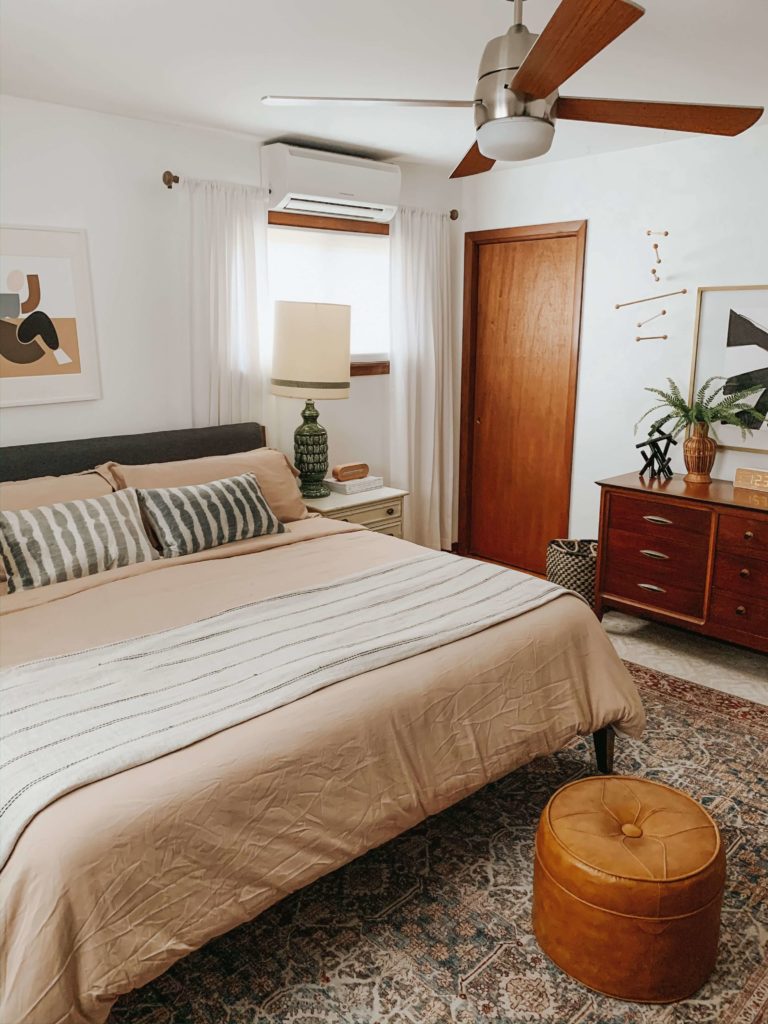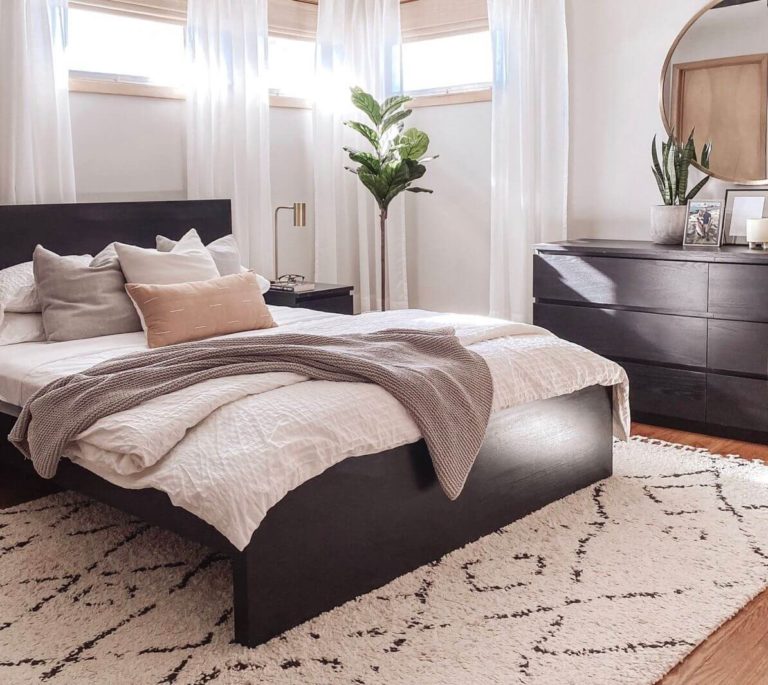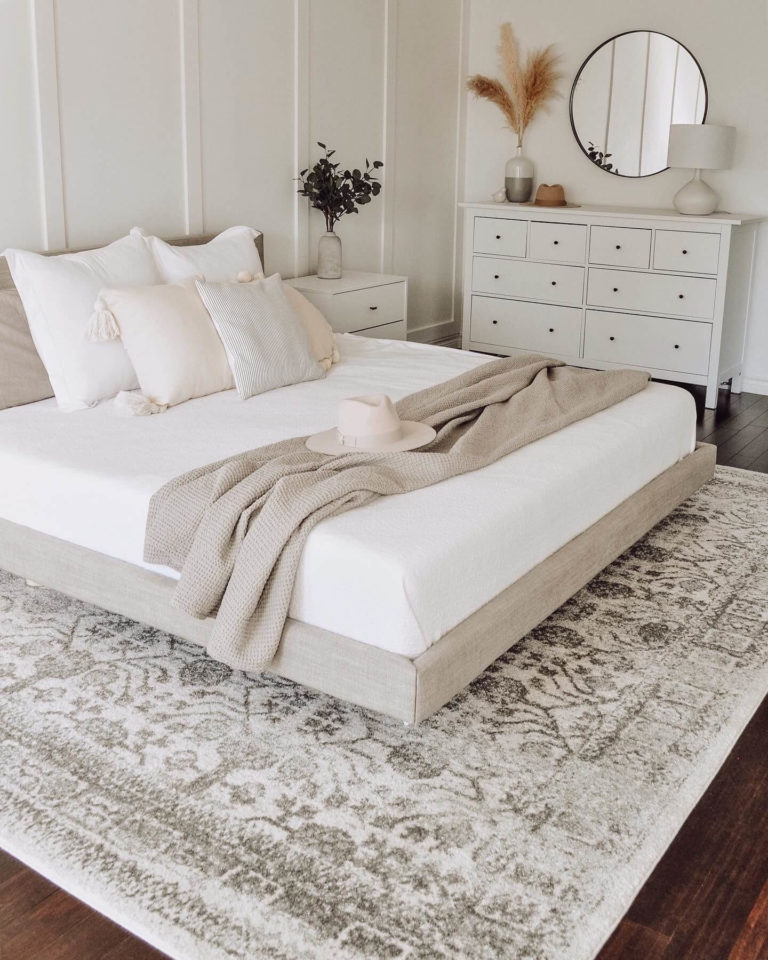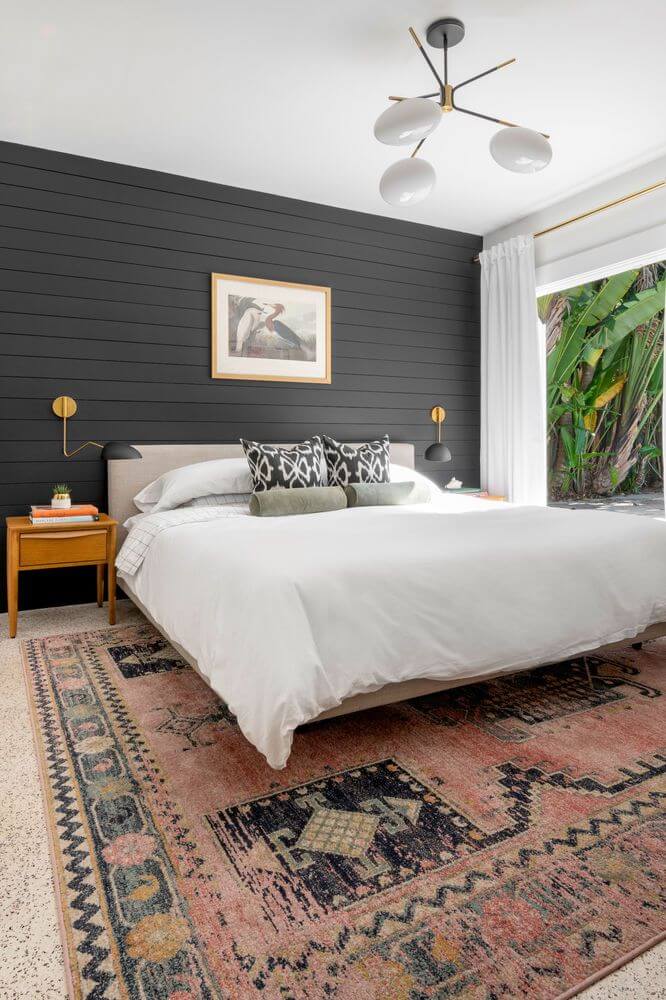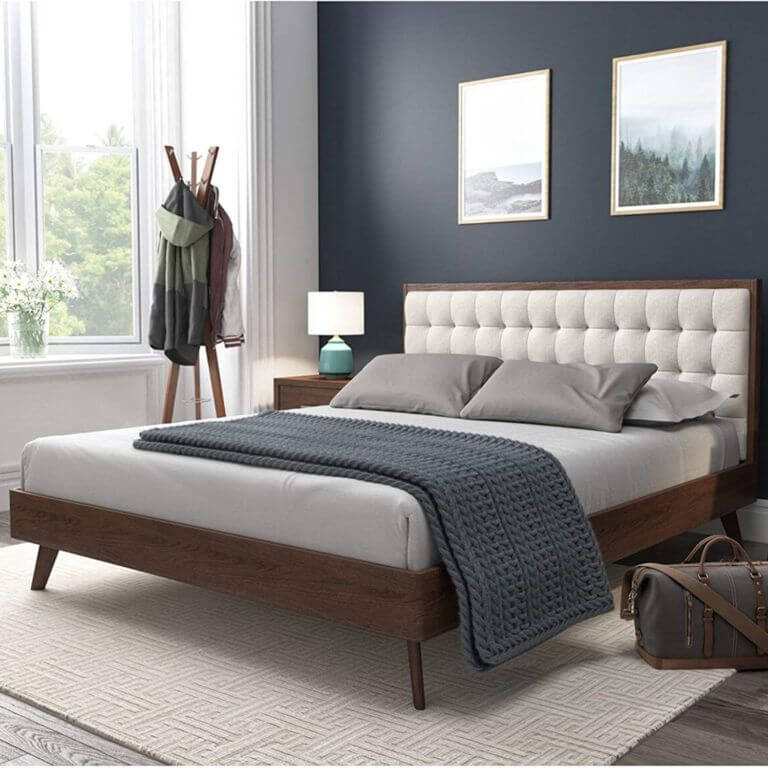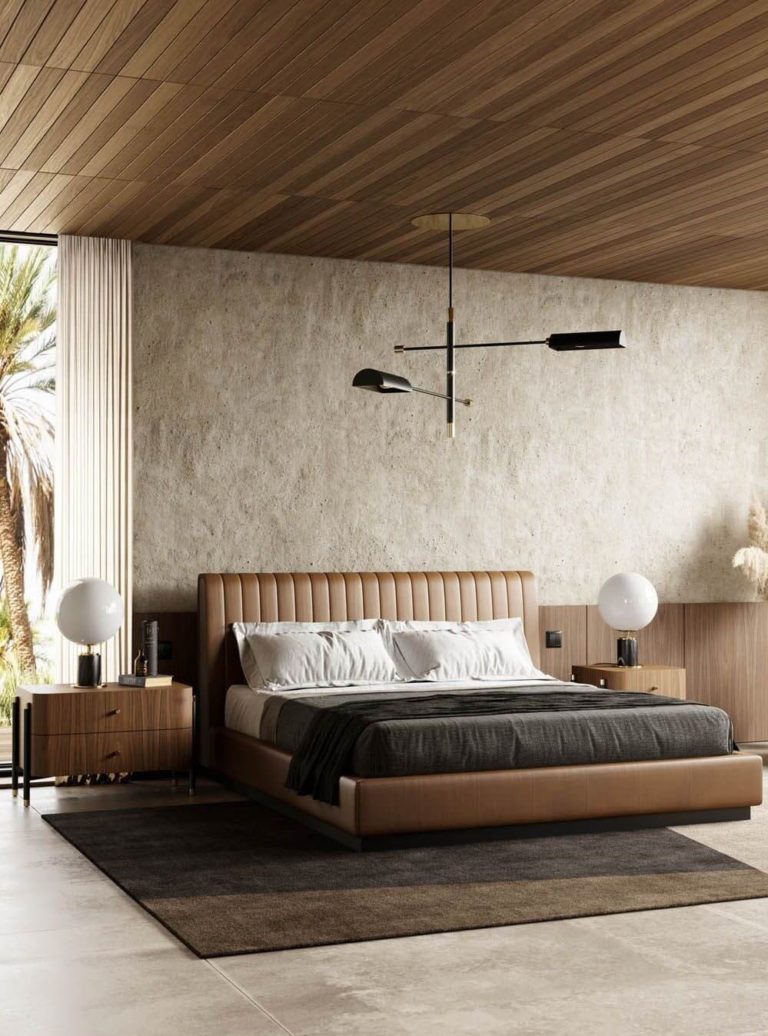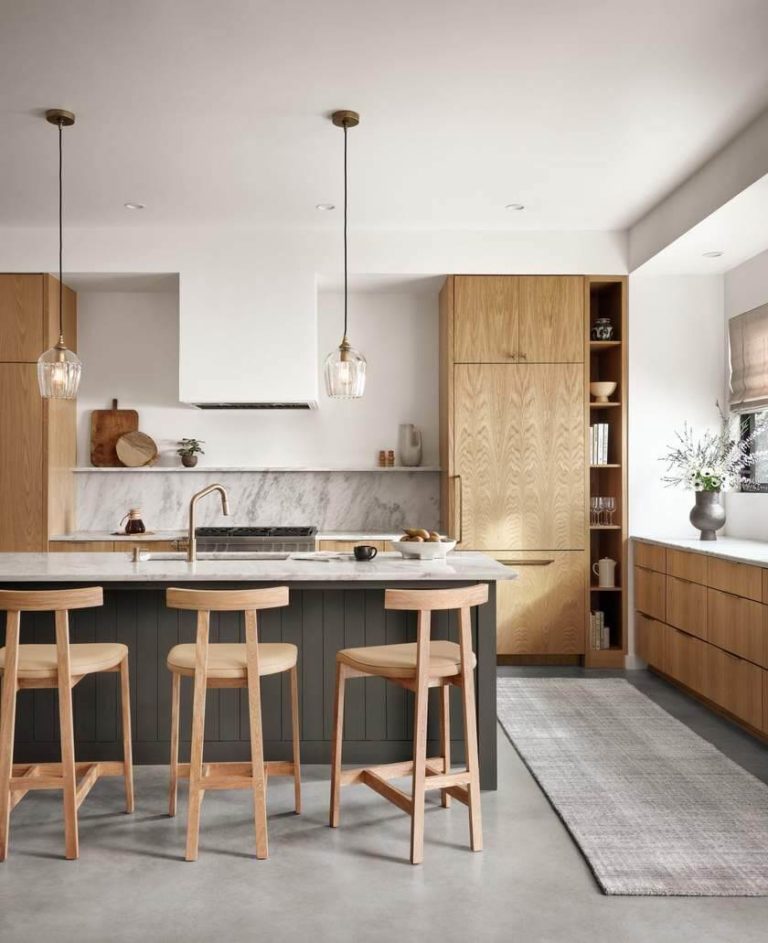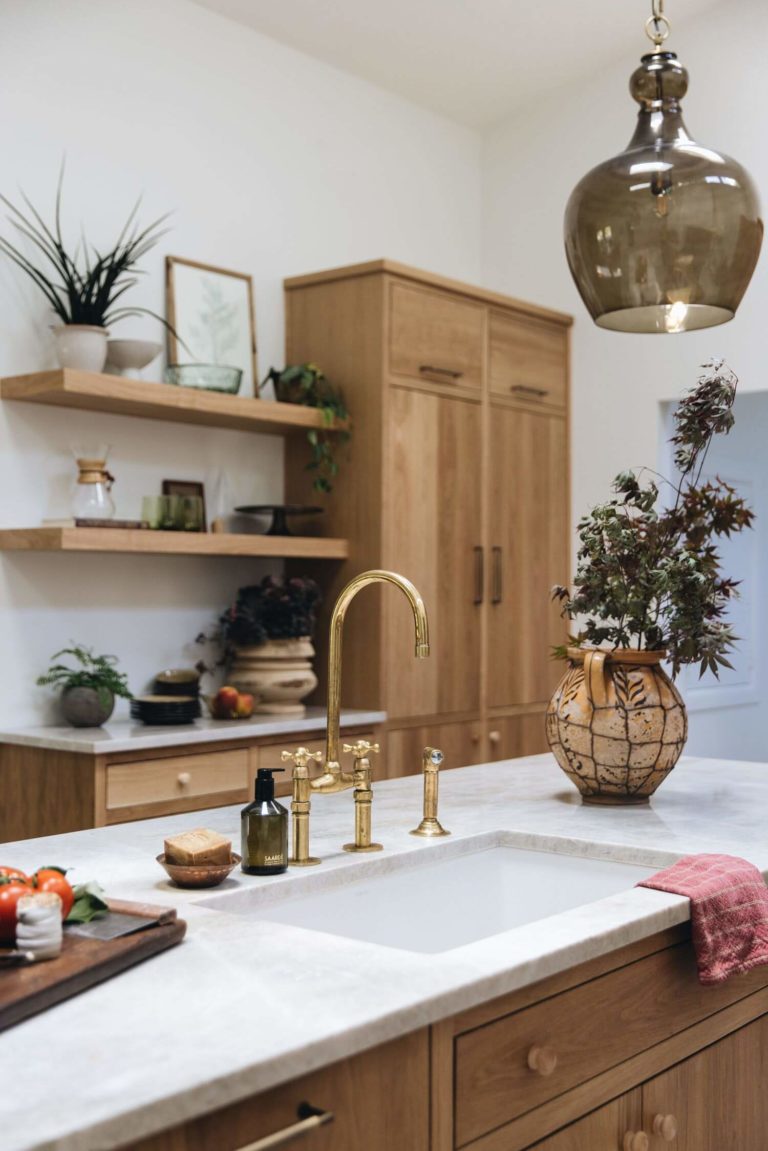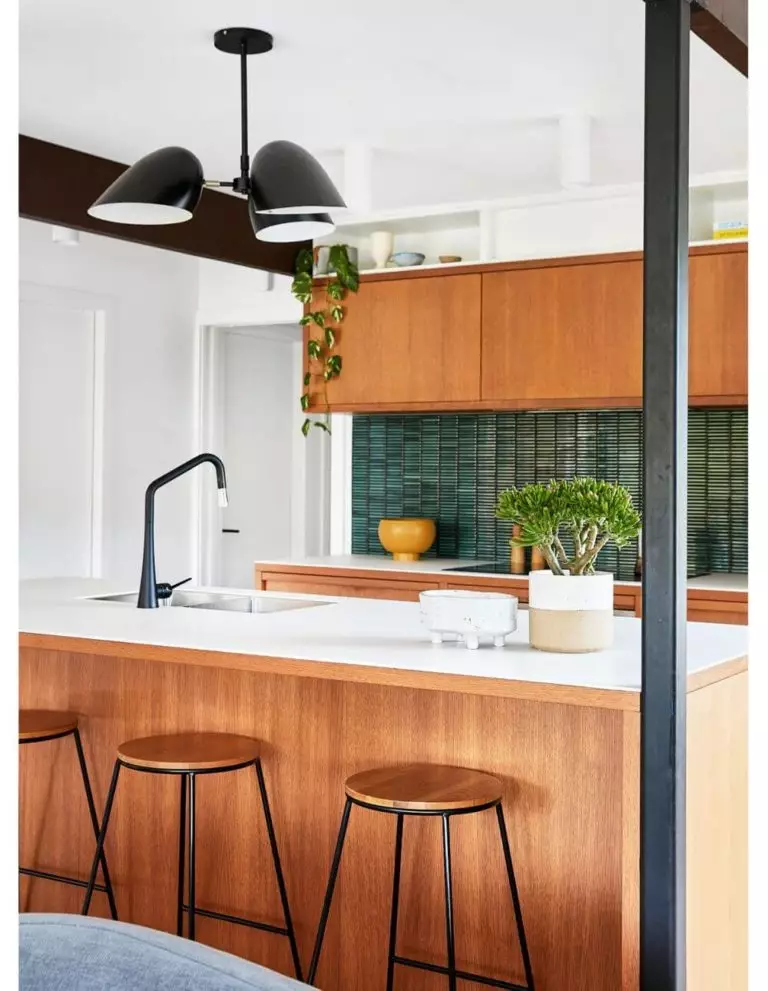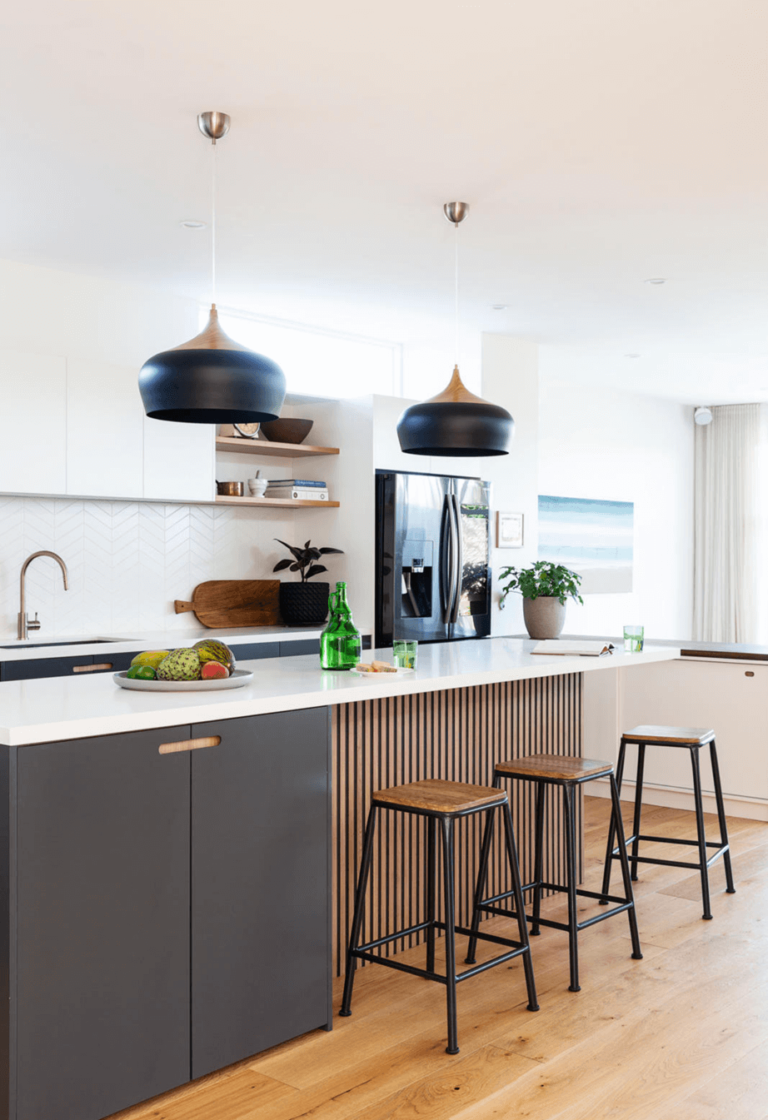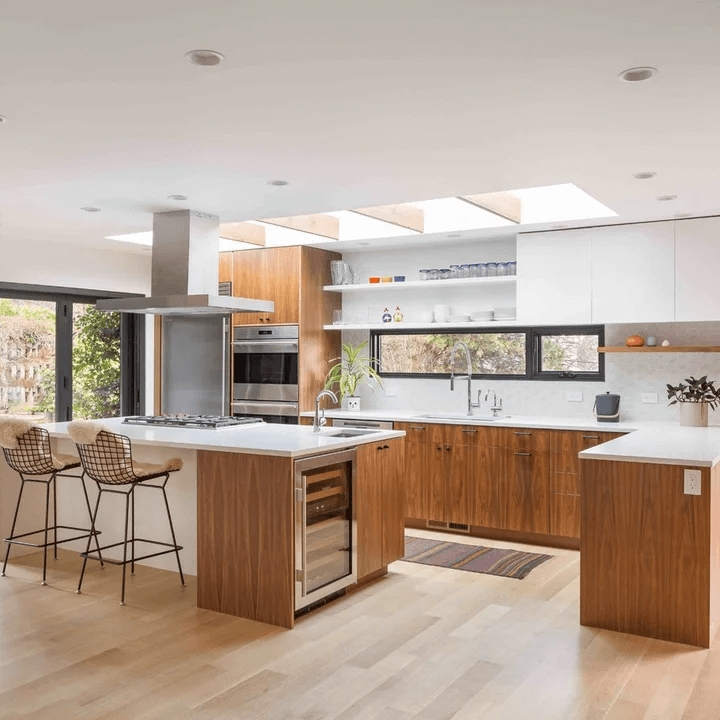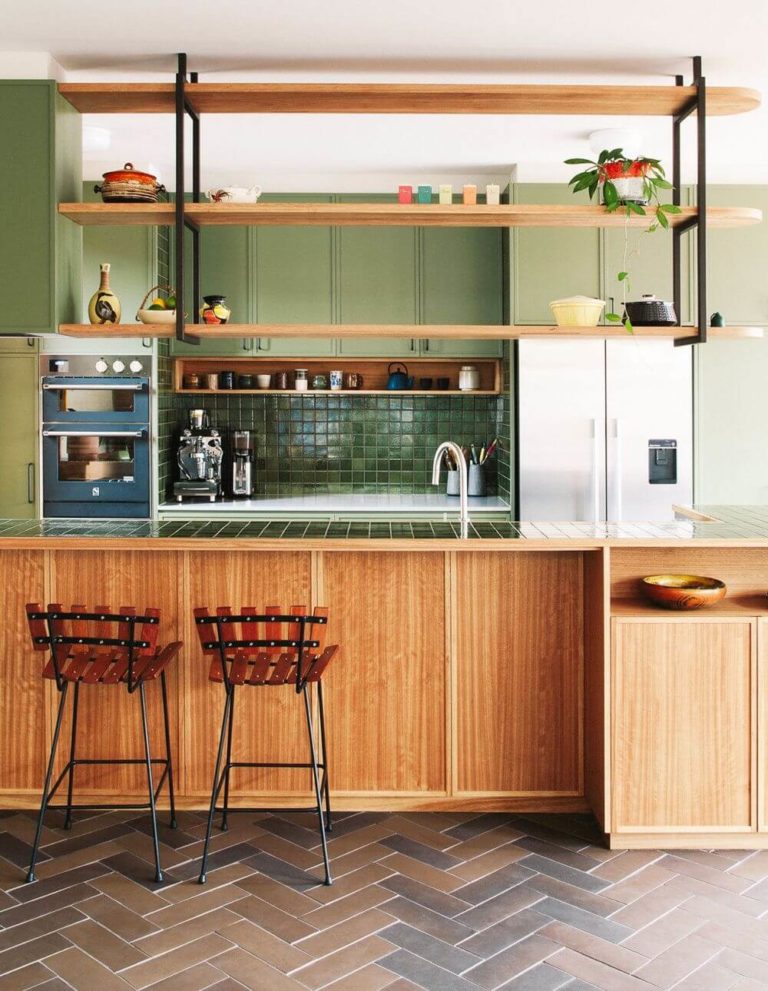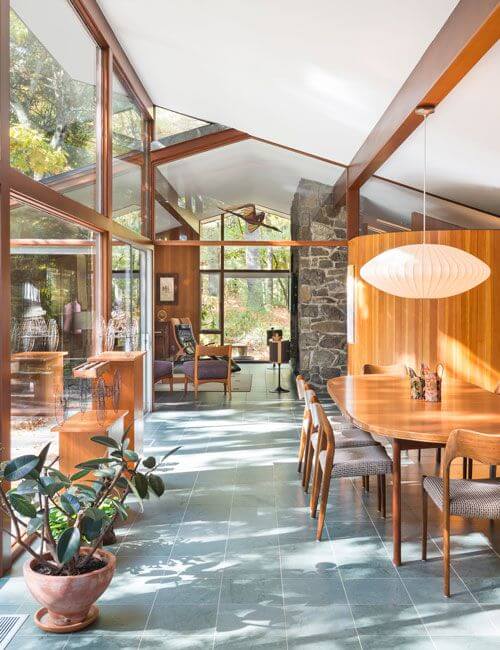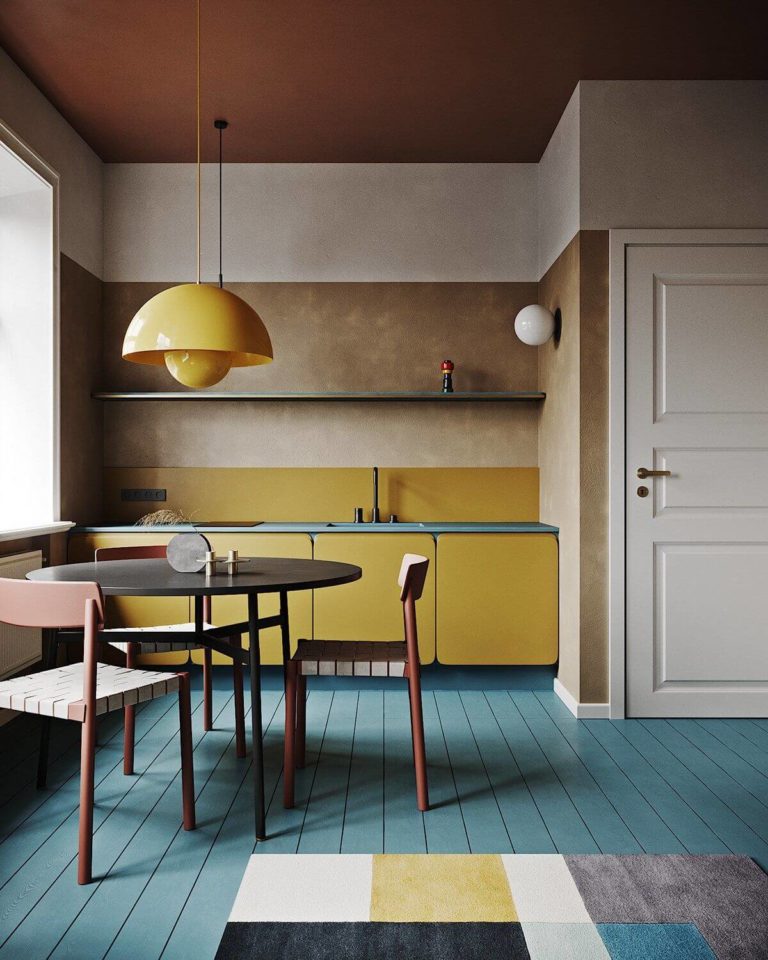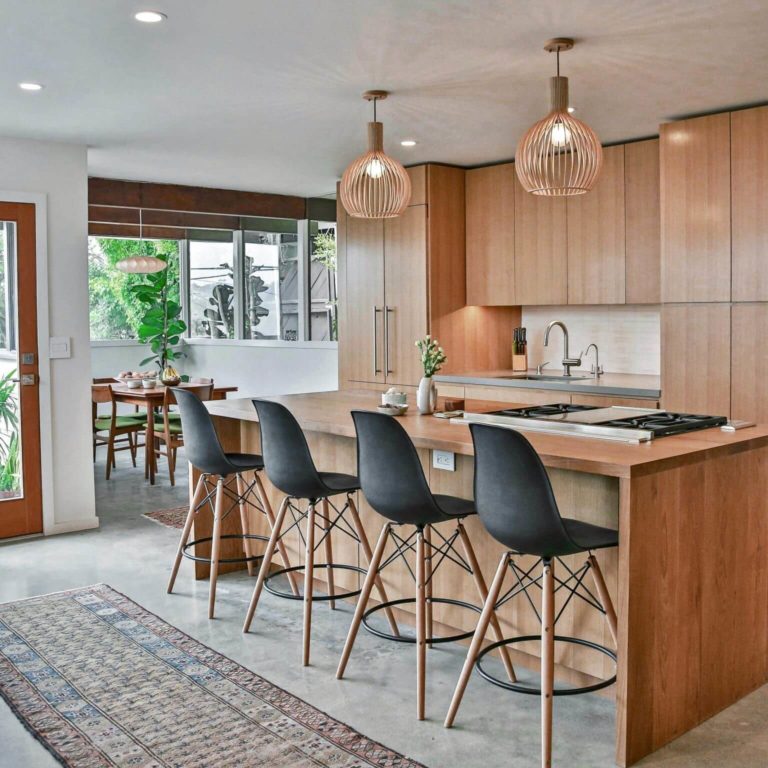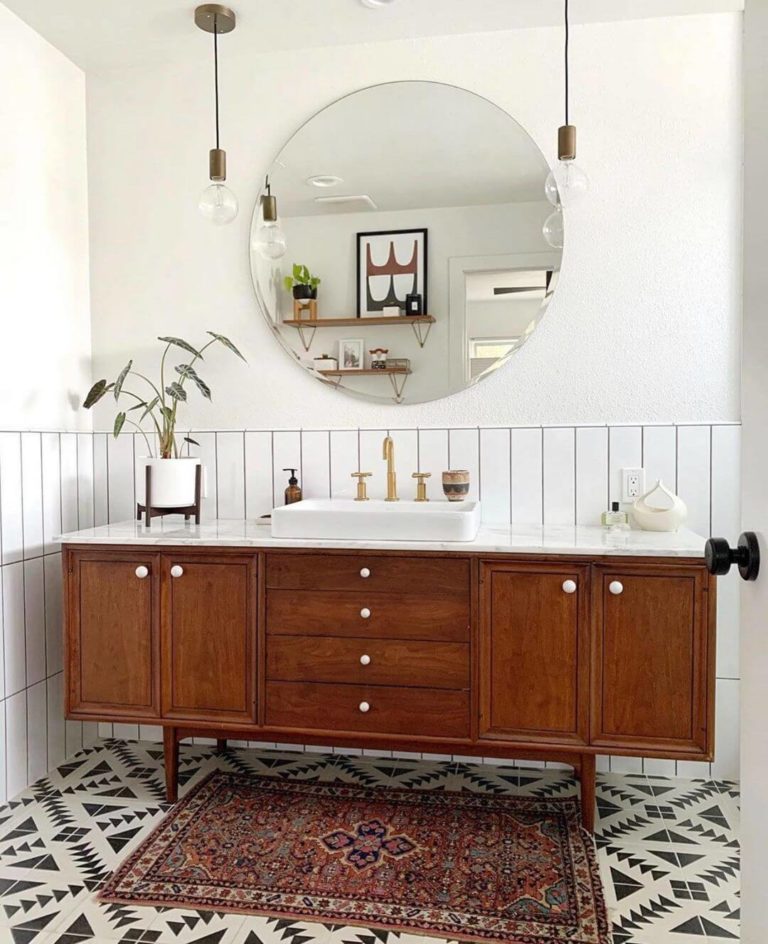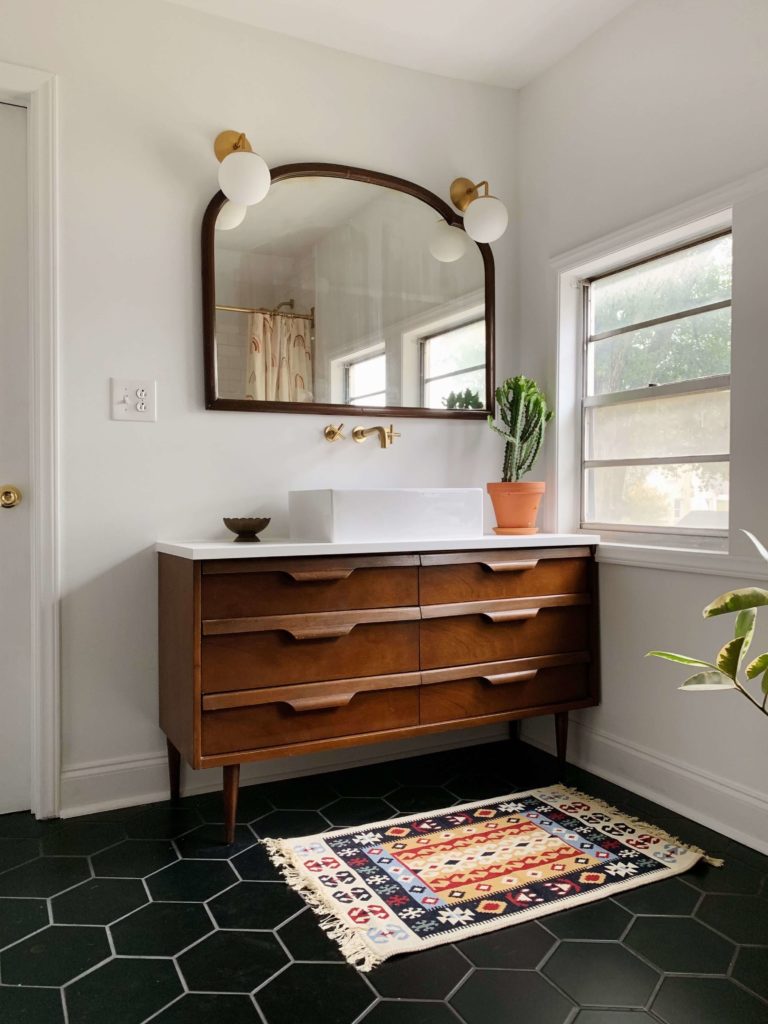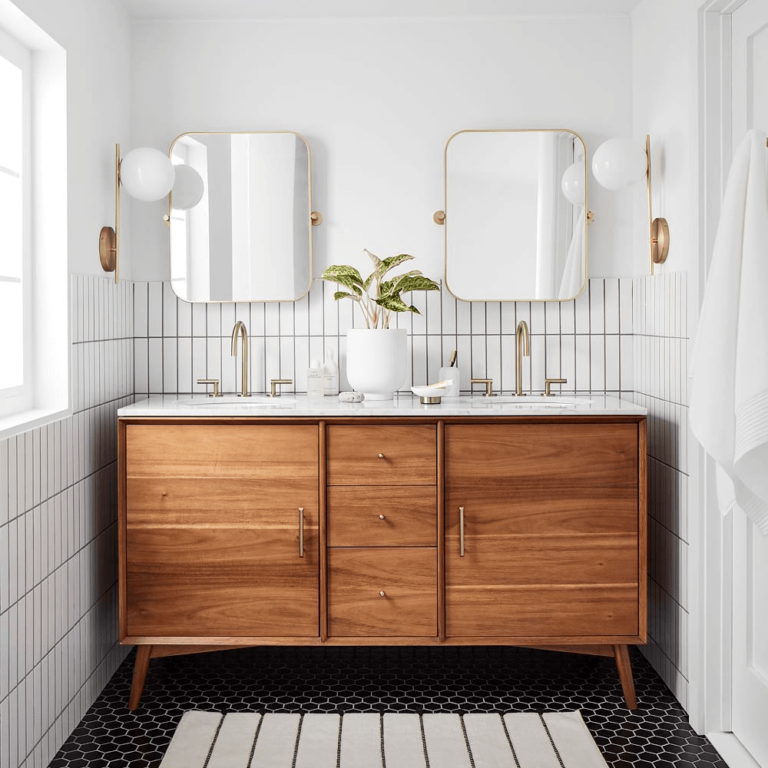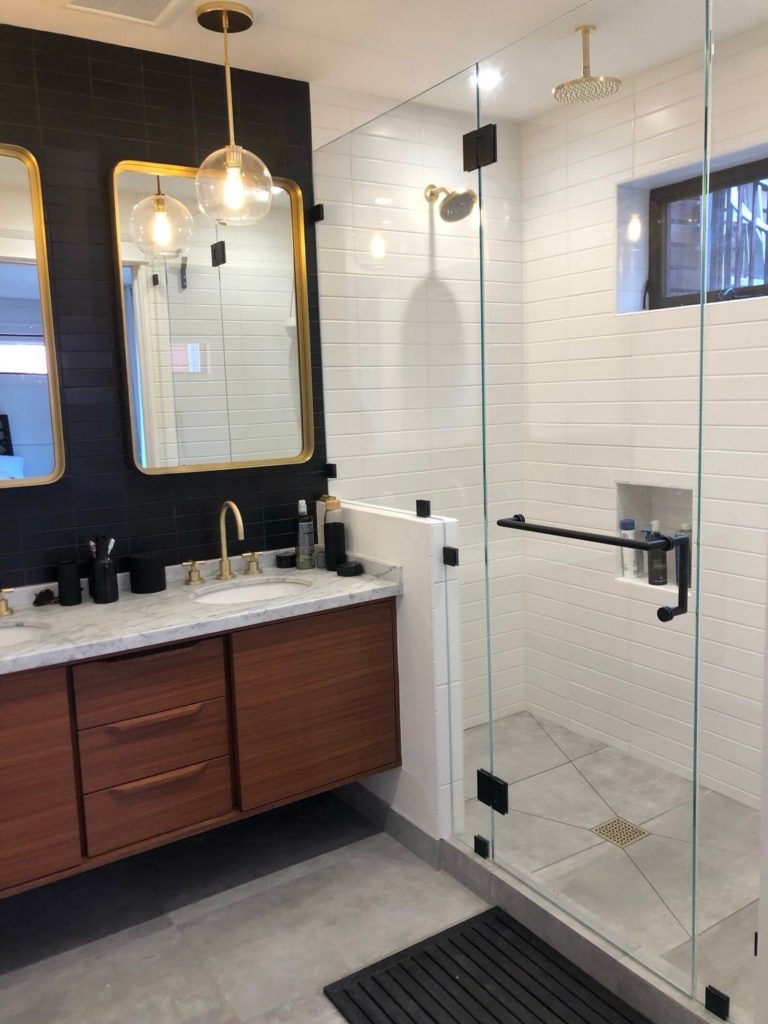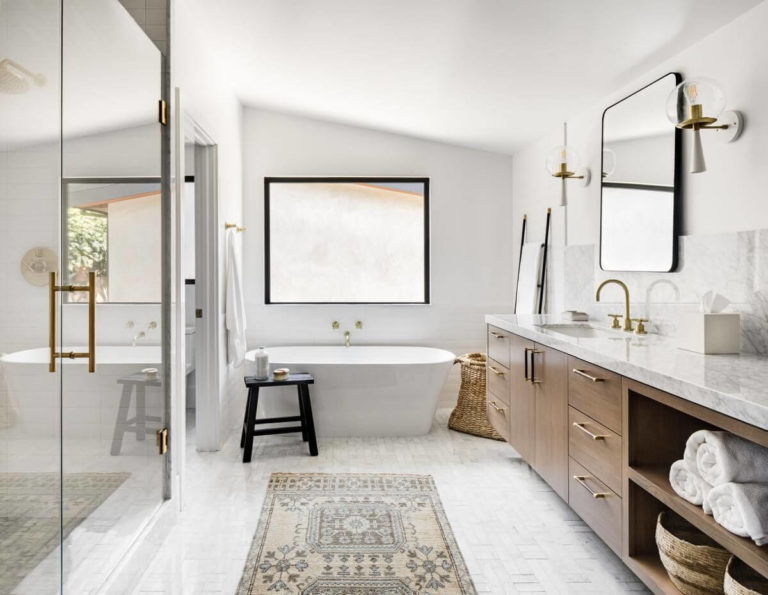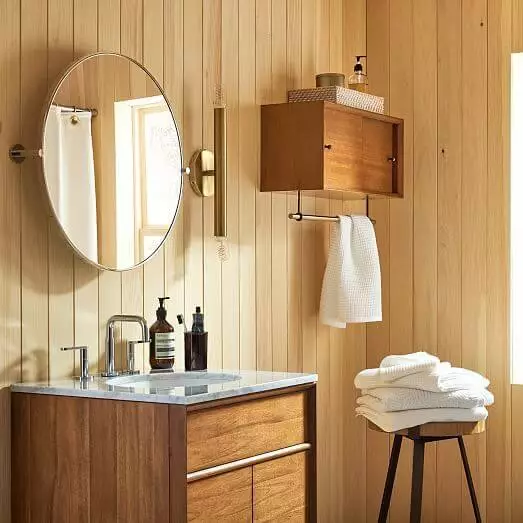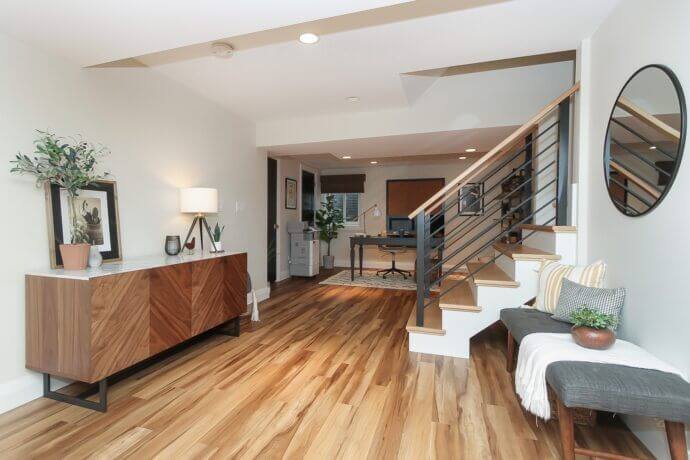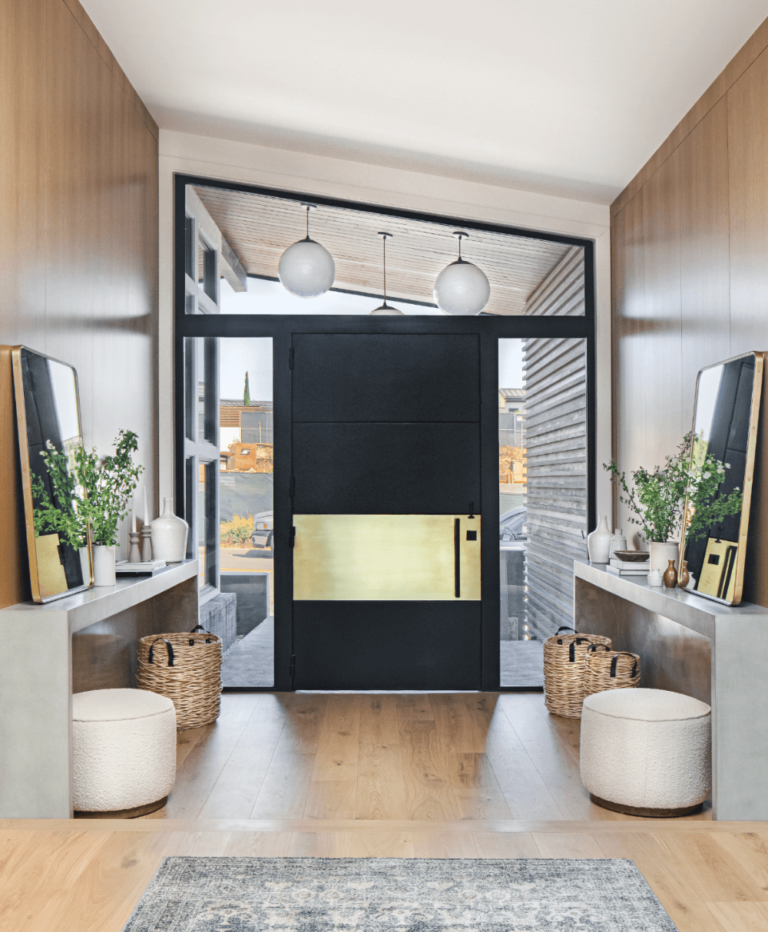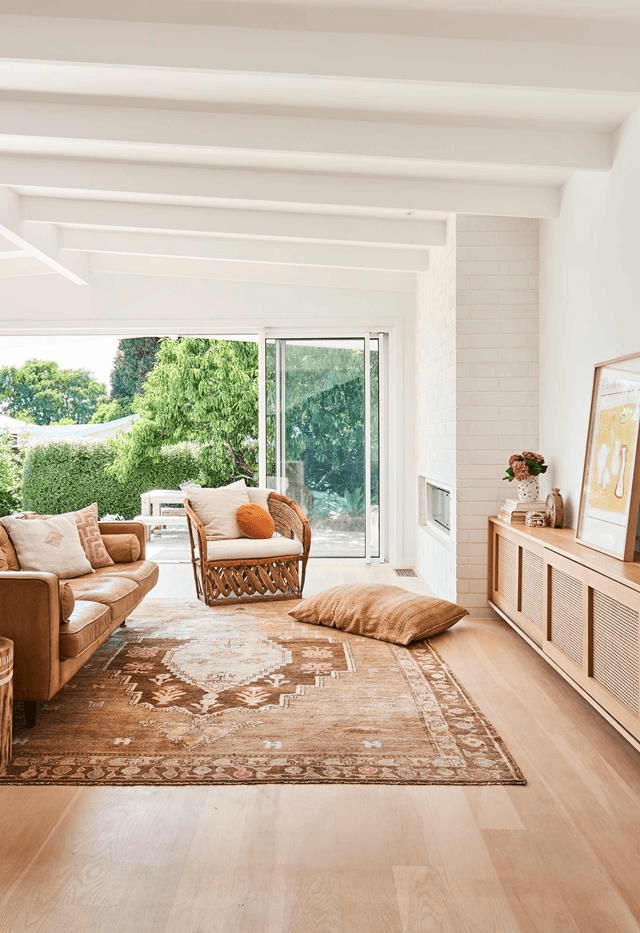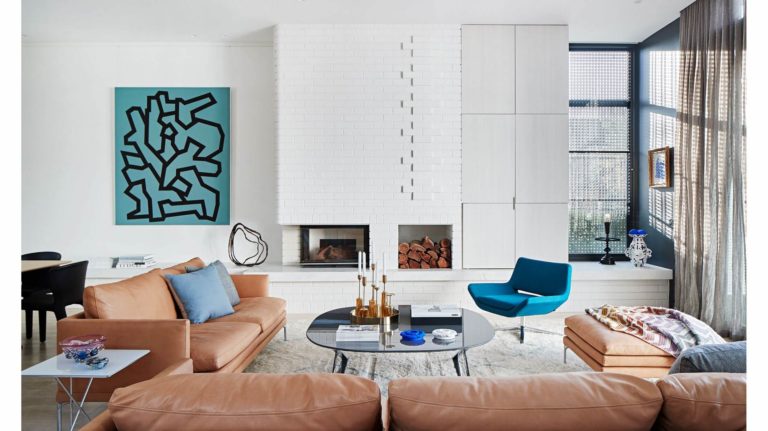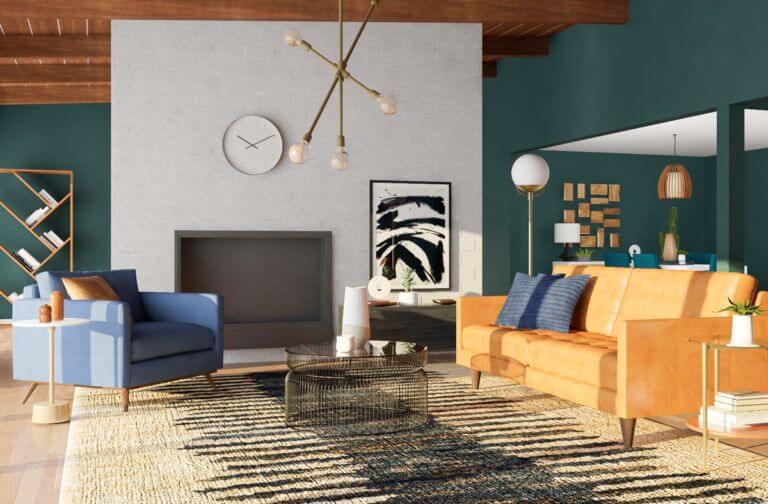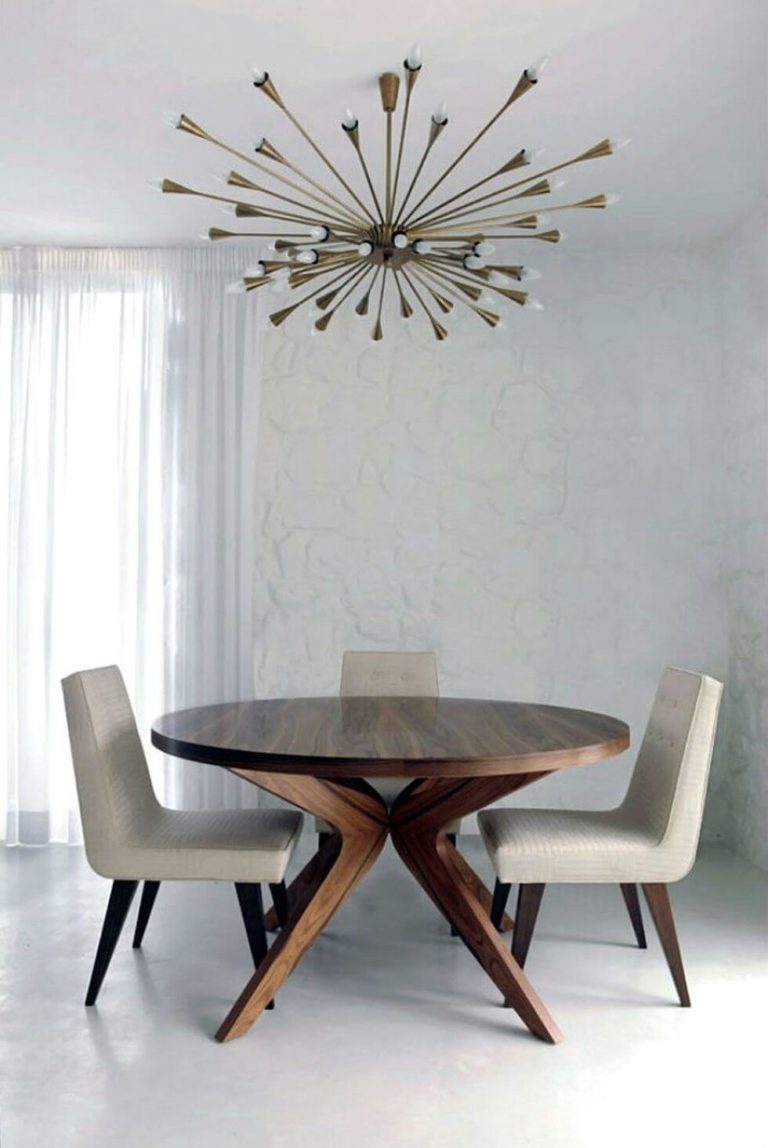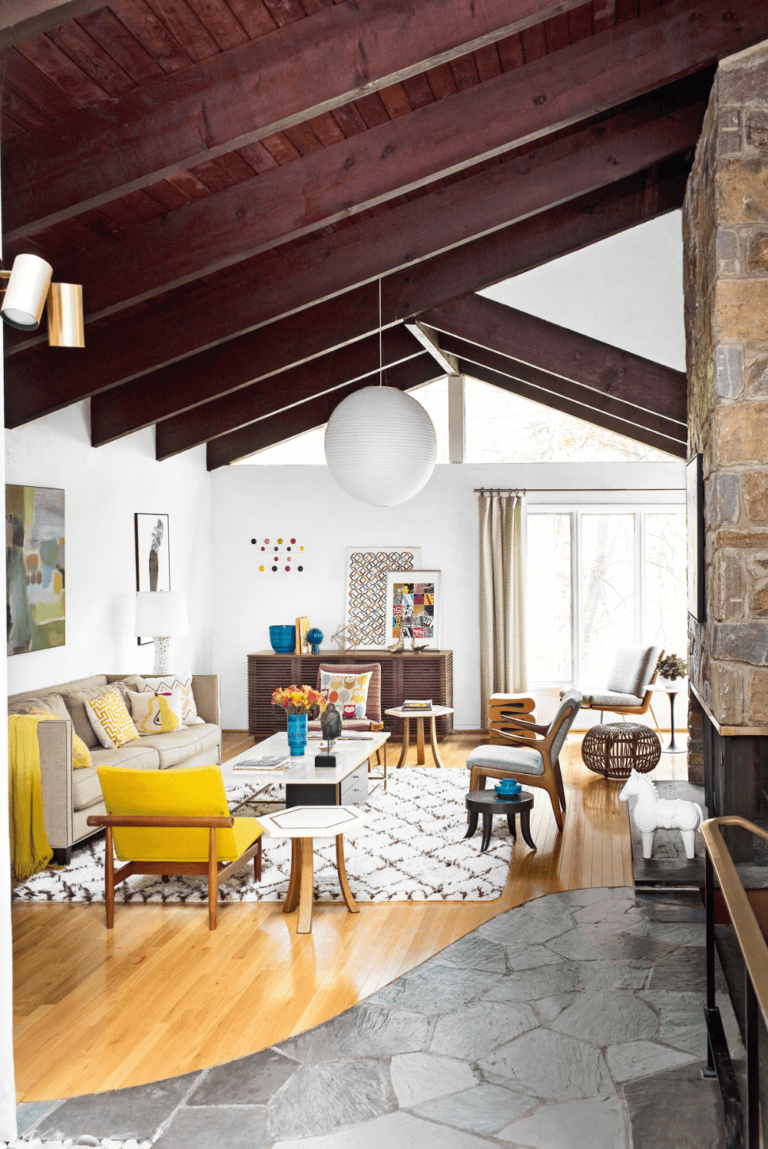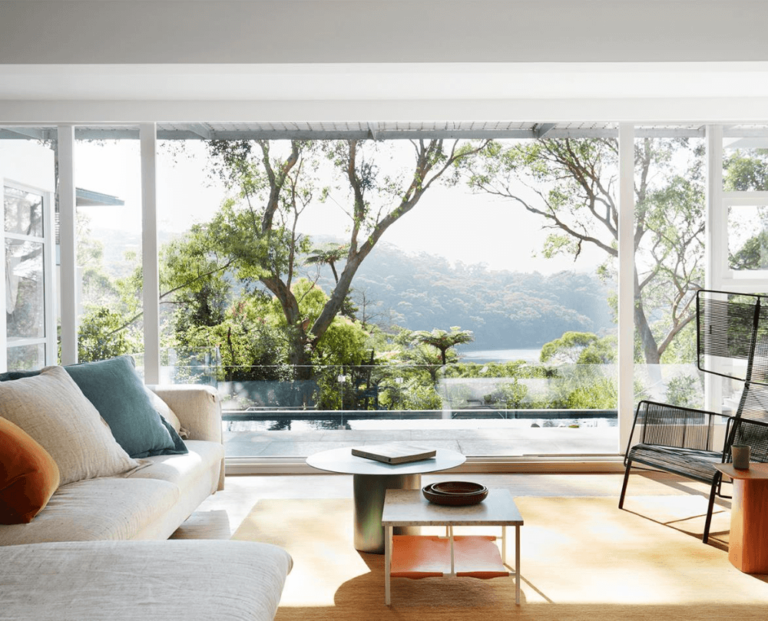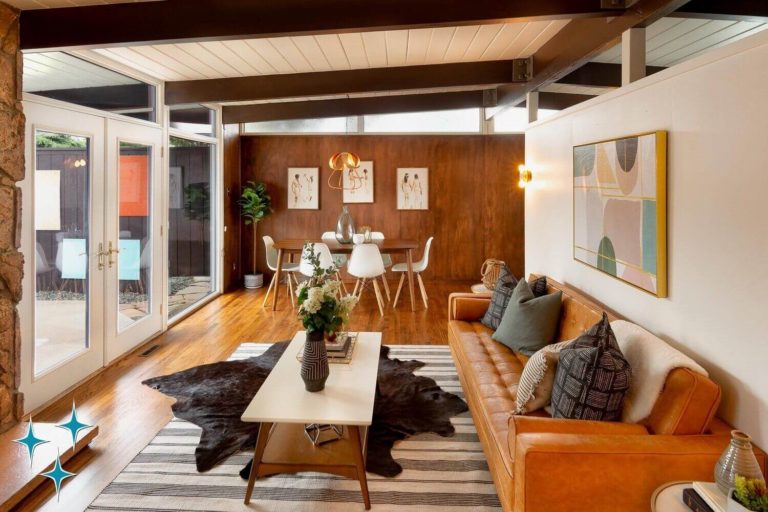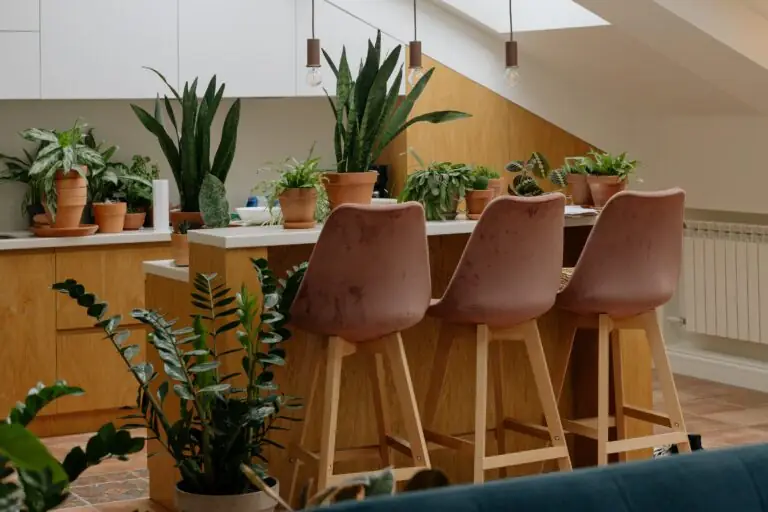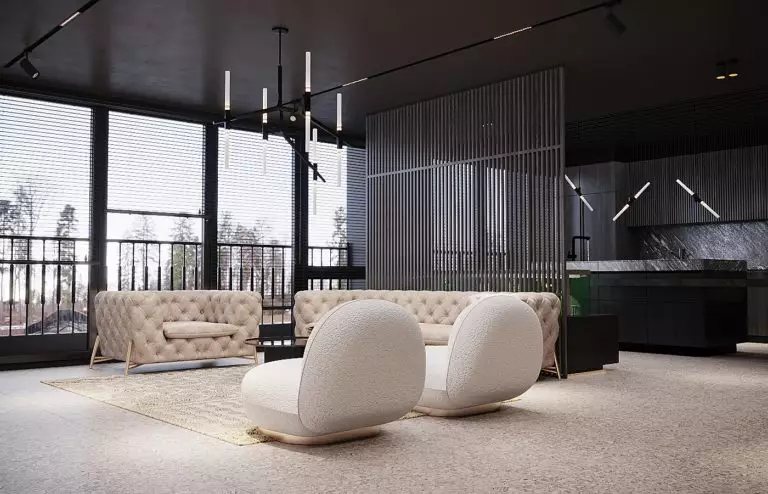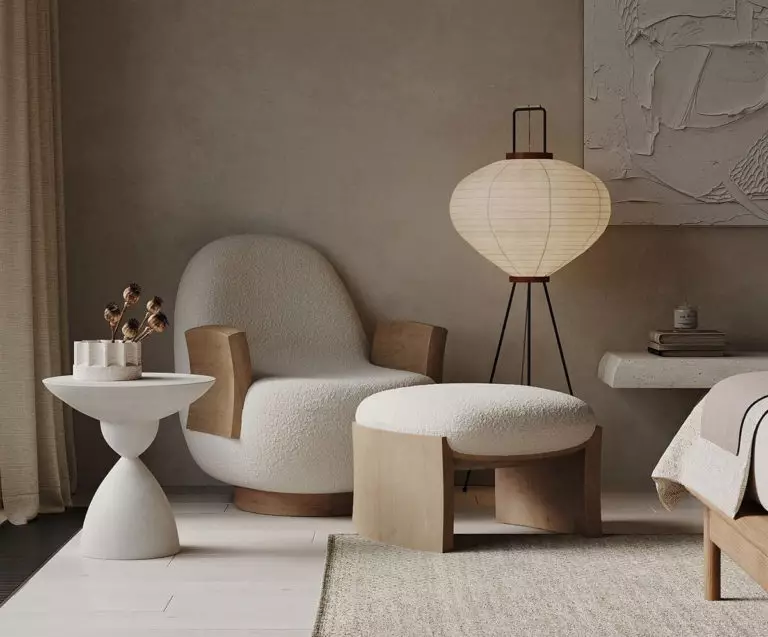Mid-century modern style in interior design
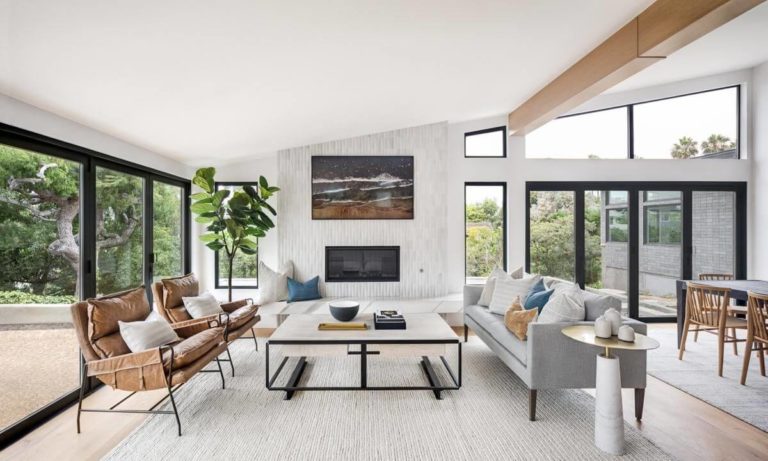
Today, in articles about fashion design projects, one can notice such a concept as mid-century modern. It is not something fundamentally new in interior design. In this case, it would be appropriate to talk about the return of something particularly interesting. So, if you are looking for all the same new (well, well-forgotten old) decor and design solutions, it’s time to find out what kind of style it is, when it appeared, and why you should pay close attention to it in the coming years.
What is Mid-century modern design?
As the name suggests, mid-century modern, this style was especially popular in the middle of the last century. Designers’ opinions about the peculiarities of its development are somewhat different, but they are unanimous in one thing: its development and peak of popularity took place in the 1940s-1960s.
A number of experts believe that it all started back in the 1930s, during the formation of the Bauhaus style, when the principles of simplicity and functionality came to the fore. The Second World War made its adjustments to the history of design when European decorators and architects emigrated en masse to the United States. It is at this time that a reassessment of values occurred when people began to desperately desire peace, security, happiness, and positive emotions.
Already in the post-war period, designers began to actively look for solutions to meet the needs of the majority. So, gradually the Bauhaus merged with constructivism, based on practicality and comfort, and absorbed the ideas of hygge as the basis of physical and mental well-being. Experiments with colors and eye-pleasing forms emphasized the desire to follow the ideas of humanism – and the creation of cozy, bright, and life-affirming interiors in which the joy of life is particularly felt.
For a long time, specialists acted within the framework of all these ideas and principles, trying them at one level or another in projects of houses and apartments. However, they did not combine them into a common style and did not give these solutions any specific name. A few decades later, in 1983, a book by the American journalist Kara Greenberg called “Mid-century Modern: Furniture of the 1950s” was published. Although the foundations of modernity had already undergone significant changes in that era, the term seemed extremely attractive to connoisseurs.
Today, mid-century means everything related to the work of architects and interior designers between the 40s and 60s of the last century. It was then that the decoration of houses and apartments, more than ever, made it clear how much everyone needs simplicity, visual comfort, cheerful colors, and confidence that the best times are yet to come.
Basic principles and key elements
Today, experts often call the mid-century trend unsurpassed in its eclecticism. Although it is a very intriguing mix of different style principles, generally, it obeys fairly clear rules. By following them, you will be able to create an almost authentic design without any complexity and confusion.
Colors and prints
Above, we have already talked about how diverse the mid-century color scheme is. However, colors are used according to particular rules, although not that strict ones. Therefore, light, neutral, and pastel shades are recommended for the background to expand the space and brighten it up visually; these are white, cream, light gray, pale brown, sage, and dusty rose. On the other hand, furniture and textiles are chosen bright and saturated. Purple, terracotta, lemon yellow, salmon, turquoise, plum, emerald, scarlet, mustard, burgundy – shortly, there is a sea of opportunities.
As for prints, they can be both geometric and abstract motifs that reached the peak of popularity during the development of avant-garde. At the same time, they can be both large and small, contrasting and similar – their presence is what counts. In addition, you can choose more than one drawing: two or three is the minimum.
Finishing
We cannot say that interior finishing in the mid-century style is distinguished by some excessive complexity. In the after-war period, practicality and affordability (of course, without loss of quality) were especially relevant in the choice of materials. That is why you can be sure that it will not be so difficult to put the basis in the spirit of mid-century modern.
Walls
The real “trick” of the mid-century was … wallpaper! Yes, paper-based finishing materials became the most affordable way to celebrate colors and accents in the interior. Wallpaper could be bright or pastel, decorated with a spectacular or rather restrained pattern. They led to a unique and positive atmosphere.
Also, simply light-painted walls or monochrome wooden panels was a popular alternative to wallpaper – as a tribute to classic modernity. However, it does not look boring at all even today: furniture and decor look especially impressive in such an environment.
Ceiling
For all its cheerfulness and brightness, mid-century is still not devoid of the principles of simplicity and practicality. Therefore, the design of the ceiling in such interiors cannot boast of excessiveness and catchy accents. You can just whiten or dye it – or use a matte stretch fabric that won’t look foreign at all. Do you want exclusivity and authenticity? Try thin wooden slats running from wall to ceiling.
Flooring
Carpets took over the decorative function in the design of the floor in the mid-century. Therefore, floor coverings are also not distinguished by excessive complexity. Look for dark or brown laminate or tile with subtle geometric patterns, or use both in the same room to highlight functional areas.
Furniture
Furnishings that appeared in the mid-century era can be safely called a separate form of art. It is no surprise that their study still arouses keen interest. Arne Jacobsen, Ray and Charles Eames, George Nelson, Verner Panton – these are just some of the names of designers who worked at that time and created furniture that has lasted till our times almost unchanged.
As we said earlier, the whole mid-century modern environment is distinguished by soft and flowing forms, which can be seen in the creations of the aforementioned designers. Special attention should be paid to the Egg chair by Jacobsen (by the way, he created its model in the garage from real clay), the Eames Lounge Chair with a footstool, the Tulip Table designed by Eero Saarinen, and the legendary Panton plastic chair, Making such furniture part of your interior will surely add a sense of style and authenticity.
Also characteristic of mid-century furniture were slender legs, criss-cross bases, and polished wood in the dark to medium browns – the type often referred to today as “grandmother’s furniture.”
Lighting
The lighting scenario typical of Mid-Century Art Nouveau is quite multi-layered and complex since one of the principles of the style says: “The more light, the better.” Indeed, for rooms designed this way, zoned lighting is more of an obligation than an option, and the design of the fixtures is of particular interest. It was then that the famous Arco floor lamp was created (admit it, you also have or at least had one), the Artichoke ceiling lamp, and many other models that are still in demand in the most fashionable interiors today.
When purchasing chandeliers, floor lamps, and table lamps for mid-century interiors, pay attention to metal models in the form of hemispheres or complex geometric shapes, including flexible plastic cords. Crystal, pomp, gold, and fancy curls should be avoided: the emphasis is on originality and ease of use.
Textiles
You do not need a variety of textiles to integrate this style: mid-century aesthetics relies on completely different principles. Exceptions are only carpets and rugs: they can be bright solid, with a catchy geometric pattern or animal print like, for instance, zebra print. You can also dilute the interior palette with pillows on armchairs, sofas, and beds, although in a small amount.
As for the design of windows, it is rather concise since lighting is a priority. In such interiors, you can often see simple roller blinds or white tulle without a pattern, complemented by straight and narrow monochrome draperies without complex decor. However, most often, the windows are left without textiles at all, making a choice in favor of an elegant thin binding – especially for large panoramic windows.
Decor
Mid-century style is surprisingly indifferent to decor. There are very few accessories for such a positive and light style – however, each becomes an object of the closest attention. In such interiors, you can often see:
Designers do not advise getting carried away with decor: three to five items per room and a collage of several paintings or posters on the wall (and perhaps even one painting) are enough. Do not be afraid that the interior, in this case, will seem incomplete: the harmony of colors and shapes will take over.
Mid-century modern style in various rooms
The beauty of the mid-century style consists of its ability to transform any space. Let’s look at the most relevant solutions for decorating rooms in your house.
Living room
An ideal mid-century living room has a huge area, floor-to-ceiling windows, upholstered furniture in rich colors, cabinets and tables made of wood, glass, and plastic on thin legs or unusual bases, many lamps, and tastefully arranged accessories. By the way, we want to draw your attention to an important aspect: both the decoration and the furnishings in such an interior should be of the highest quality. Otherwise, all negligence and cheapness will instantly break the harmony, and the room will look chaotic and uncomfortable.
The good news is that you do not have to hide electronics. The most modern and huge TV, a home theater, and your favorite stereo system will perfectly fit into such a design.
Bedroom
The mid-century-style bedroom is simple and cozy at the same time. There is no splendor, luxury, and conspicuous exclusivity, but you want to stay in such spaces as long as possible. A wide and very comfortable bed, wood paneling on the wall, a soft and cozy armchair, bedside tables and a wardrobe, a beautiful non-fluffy rug, a ficus in a tub in the corner – the recipe for relaxation from mid-century modern is quite simple and does not require any unimaginable ingredients. When it comes to protection from natural light, plain black-out fabric curtains come to the rescue, almost invisible during the day when they are parted – unless, of course, you want to take a nap.
Dining room and kitchen
The first thing you have to take care of when decorating a mid-century kitchen is, of course, the kitchen gadgets. You will hardly lose anything if you give preference to modern built-in units: technological progress has always been warmly welcomed by mid-century modern. However, if you want to make your kitchen unique, take a closer look at bright models with rounded corners – there are a lot of these in the lines of the Smeg brand, but other manufacturers are starting to produce something similar. With such an approach, your kitchen will sound with retro notes, which will add comfort and unusualness.
Another authentic solution for mid-century dining rooms and kitchens are blank wooden cabinets in warm brown shades and islands with high bar stools made of metal, plywood, and plastic, a kitchen splashback with a geometric pattern, a table with a wooden or glass top, and a row of identical ceiling hangers above it.
Bathroom
A mid-century bathroom impressively reminds us of minimalism, scandi, and modern styles at the same time. Indeed, simple tiles (boar or brick) in white or embossed plain 3D ceramics, showers, brown zebrano wood cabinets, and ball wall lamps on either side of the mirror are not surprising at all. However, you can make it much brighter by adding a colorful mosaic panel.
Contemporary mid-century
Today, mid-century modern still inspires eminent designers for new solutions both in Europe and in the USA. Gianfranco Ferre, Minotti, David Mann, and Kelly Wearstler – these and many other brands and decorators continue to experiment with this style, giving its ergonomics, brightness, grace, and simplicity a new, but at the same time recognizable, sound.
Mid-century style: is it trendy now?
We can say without doubts “yes” – mid-century can be considered one of the most trendy styles today – when the boundaries between design trends are blurred, and comfort and practicality are organically intertwined with coziness and individuality.
Fashion brands are actively reviving fabric and wallpaper patterns typical of mid-century modern, leading furniture factories are actively promoting sofas, tables, and armchairs of the famous design of the 50-60s, and we, already a little tired of the clear angular geometry and neutral palette of minimalism, are making a confident choice in favor of rich colors and curvilinear forms.
Why should you try this style?
If you feel anxious or life seems boring to you, mid-century will allow you to create all the conditions for a great mood and spiritual harmony. Light and, at the same time, sonorous, spectacular, but not intrusive, elegant, but not pretentious, comfortable, but not utilitarian – today, it becomes a great compromise between modern conciseness and life-affirming motifs of the past.
Who is mid-century suitable for?
We sincerely advise you to pay attention to mid-century modern if you:
Mid-century style in different countries
Mid-century is very eclectic, so it is not surprising that it takes on special features in different countries. The interpretation of the style is usually determined by the local mentality and culture, and in each case, it is revealed in a completely new way. So, let’s see how mid-century modern is being transformed in different countries.
USA
In the parent country of the mid-century style, it is still true to itself. There are rich colors, furniture of legendary silhouettes, and a lot of natural wood. If you want to create a reference design project with such solutions for your interior, just look at the decoration of American houses.
France
In French houses and apartments decorated in this way, the focus is on rather dark colors and the utmost possible conciseness in decor. Here you can often see the base in blue, bluish-gray, or dark green shades, purple and brown leather sofas, and unusual lamps and mirrors in original frames act as accents. However, such an interior does not seem empty and boring at all: the play of colors and the harmony of forms provide the right balance.
Great Britain
The English Art Nouveau of the 50s is marked by traditional restraint and the desire for balance in every detail. Its characteristic features are the predominance of a light neutral palette, very calm silhouettes and lines, and an unobtrusive desire for symmetry. Exclusivity is provided by designer wall clocks and rugs with a charming pattern.
Germany
Mid-century in Germany allowed the locals to fully show their scrupulousness and desire for accuracy in everything. The German interpretation of the mid-century style is practically no different from the classic American one – except for a noticeable love for metal figurines, made in an abstract manner.
Italy
Italian Art Nouveau of the middle of the last century makes it possible to be completely fascinated by colorful accent wallpapers and carpets and add coziness to the maximum extent with the help of materials with different textures and at the same time all in the same rich colors. Perhaps it is this variation that can be called the most darkened, diverse, and replete with large forms and textiles.
Scandinavian countries
Sweden and Denmark treated the mid-century very favorably, but still, they could not help but adapt it to their mentality and vision of an ideal interior. As a result, a mix of Mid-Century Art Nouveau and Scandi was born – with light, even walls, bright furniture, a minimum of textiles, and simple lamps with strict geometry.
The reincarnation of mid-century modern over the past few years seems a very natural process. Today, as in the mid-forties, we feel an urgent need not for luxury but comfort, positiveness and security. We have no doubt that this design will bring back the joy of life and peace of mind, using all the achievements of science and technology.
